Natural rough iolite crystals
Iolite is the gem and jewellery trade name for the transparent version of the crystal Cordierite (which it is known as in the world of geology). It has been around for hundreds of years, but it has only recently adopted the name Iolite and has gained a lot in popularity.
Throughout history it has also been known as Dichroite (meaning “two coloured rock”) and water sapphire, because from some angles it can look exactly like a sapphire, but from other angles it can look clear, just like water.
Iolite meanings
The name “Iolite” means “violet” in ancient greek. It provides perspective and self-assurance to the wearer and helps promote creative self-expression.
Iolite uses
Iolite has had both practical and spiritual uses throughout history.
During the reign of the Vikings, ocean explorers used thin slices of iolite as the first ever polarising filter, using it to protect their eyes as they searched for the sun’s position in the sky on cloudy days. This was incredibly useful for finding their way home or to new lands, and gave the crystal the nickname “Vikings Compass”.

Iolite was used as a looking glass on cloudy days at sea
Spiritually, Iolite has been used in history to clear the third eye chakra. It is considered one of the best stones for spiritual healing as it can awaken and expand psychic abilities. It has been used to help recover lost memories, and provides vision assisting its wearer in traveling between the realms.
Iolite birthstones
Iolite makes an alternative birthstone for September, as it is a much more affordable than sapphires, which is the traditional birthstone. Iolite is also the natural birthstone for those born when winter begins to mid-winter (21st December-18th February).

Iolite chip bead bar necklace and teardrop necklace
How and where Iolite is formed
Iolite is made from Cordierite, which is a magnesium iron aluminum cyclosilicate mineral. It is transparent with great clarity. Iolite crystals are violet blue, ranging in shades from grey-blue to a more purple blue. The deeper and more vivid the colour, the more experience and desirable the gem. The largest deposits of iolite have only recently been found in the 90s in Wyoming, USA, which is why it has gained a lot of popularity in recent years.
Iolite is formed from magnesium, aluminum, silicon and occasionally it contains iron too. It is formed when these minerals are brought into contact with pelitic rocks (mudstone rocks that are made from clay and fine-grained clastic sediment) during volcanic activity. Under a lot of heat and pressure, these clay-rich rocks metamorph into these stunning, twilight blue crystals.
Iolite is a unique crystal because it is pleochroic, which means it’s colour changes depending on the direction you view it at. From one angle it can appear a deep dark blue, and at other angles it can appear completely clear! This means jewellers have to take particular care when cutting the crystal to make sure it’s best colours are on show.
Iolite is found all over the world, which main deposits having been discovered in the USA, Madagascar, Sri Lanka, Myanmar, India and Brazil.
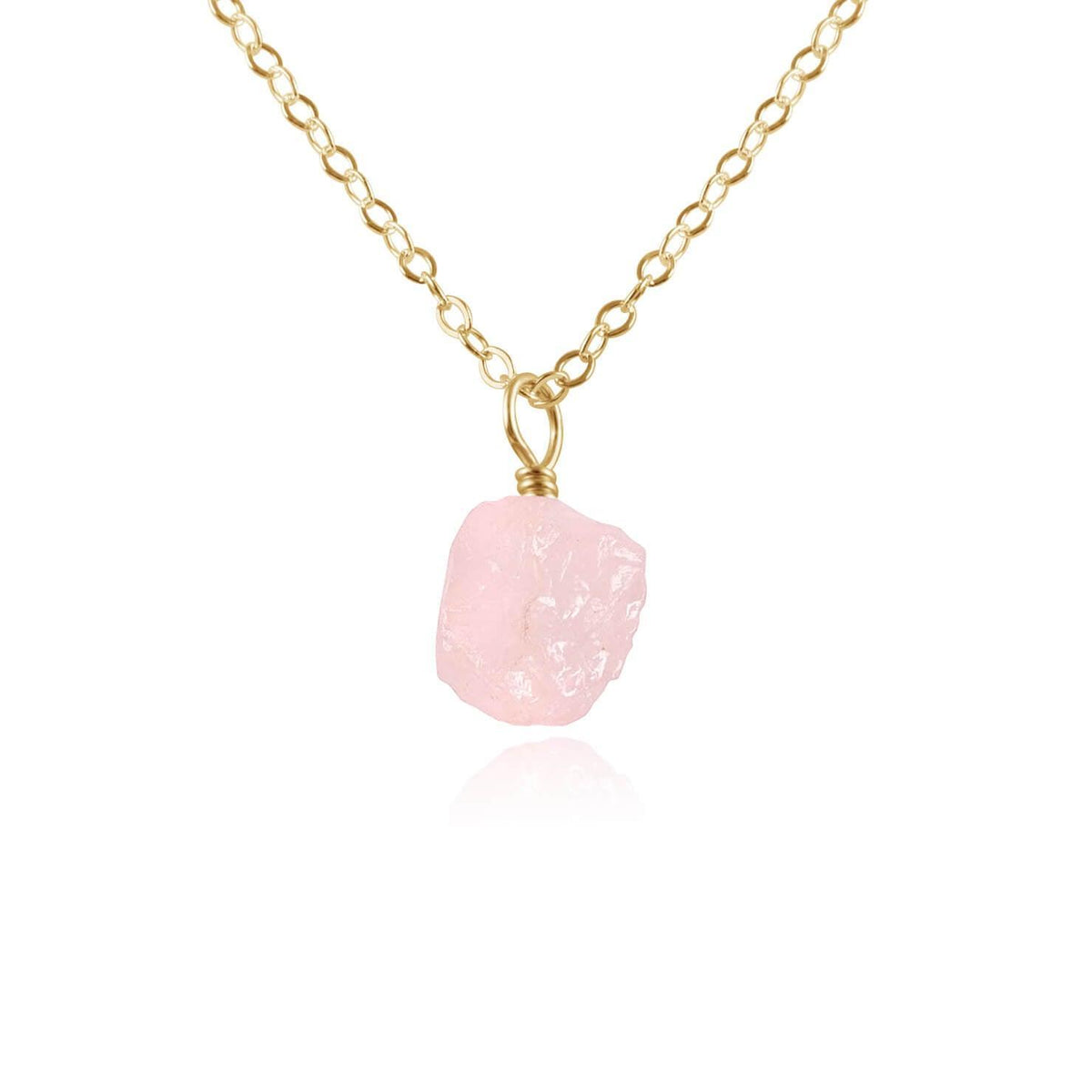
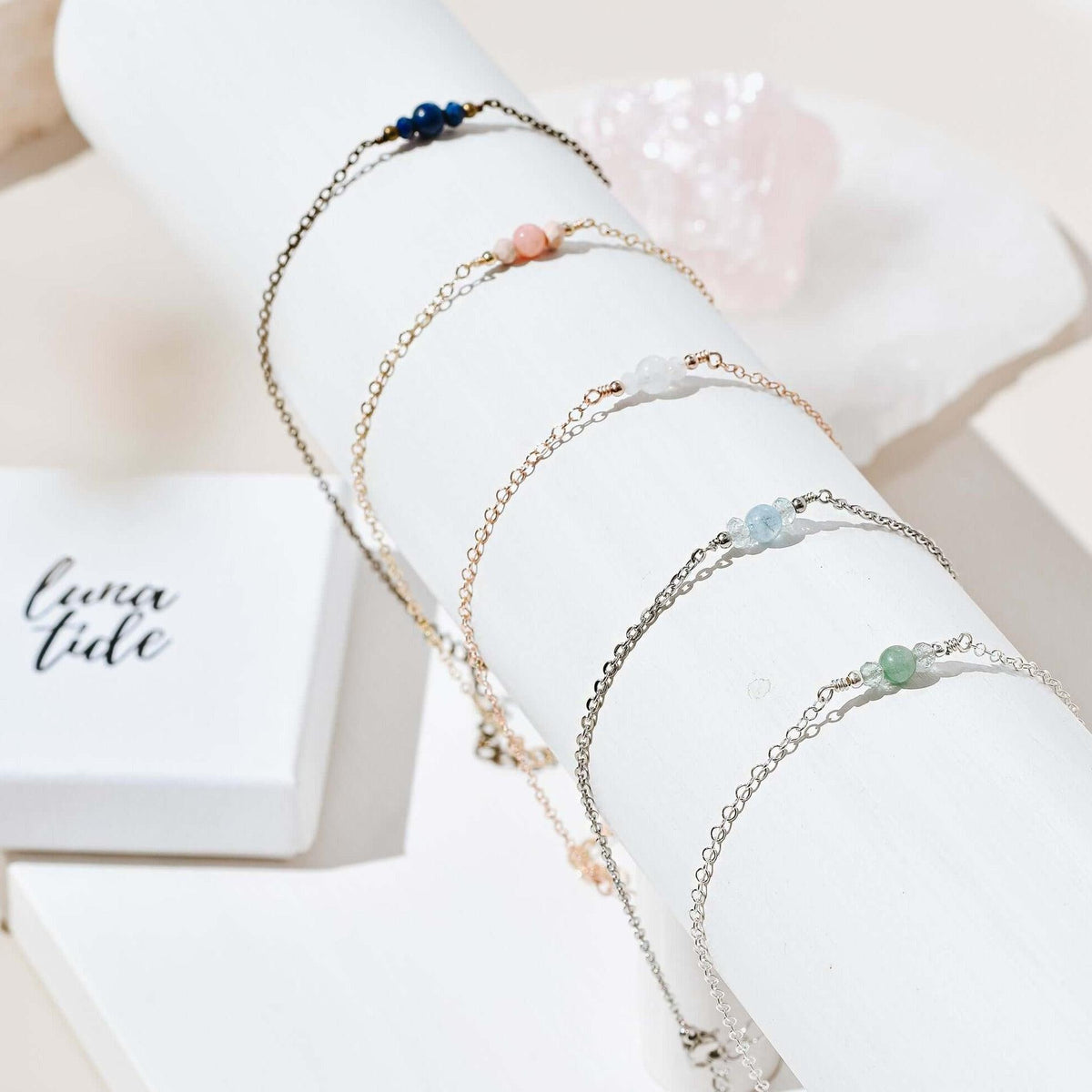

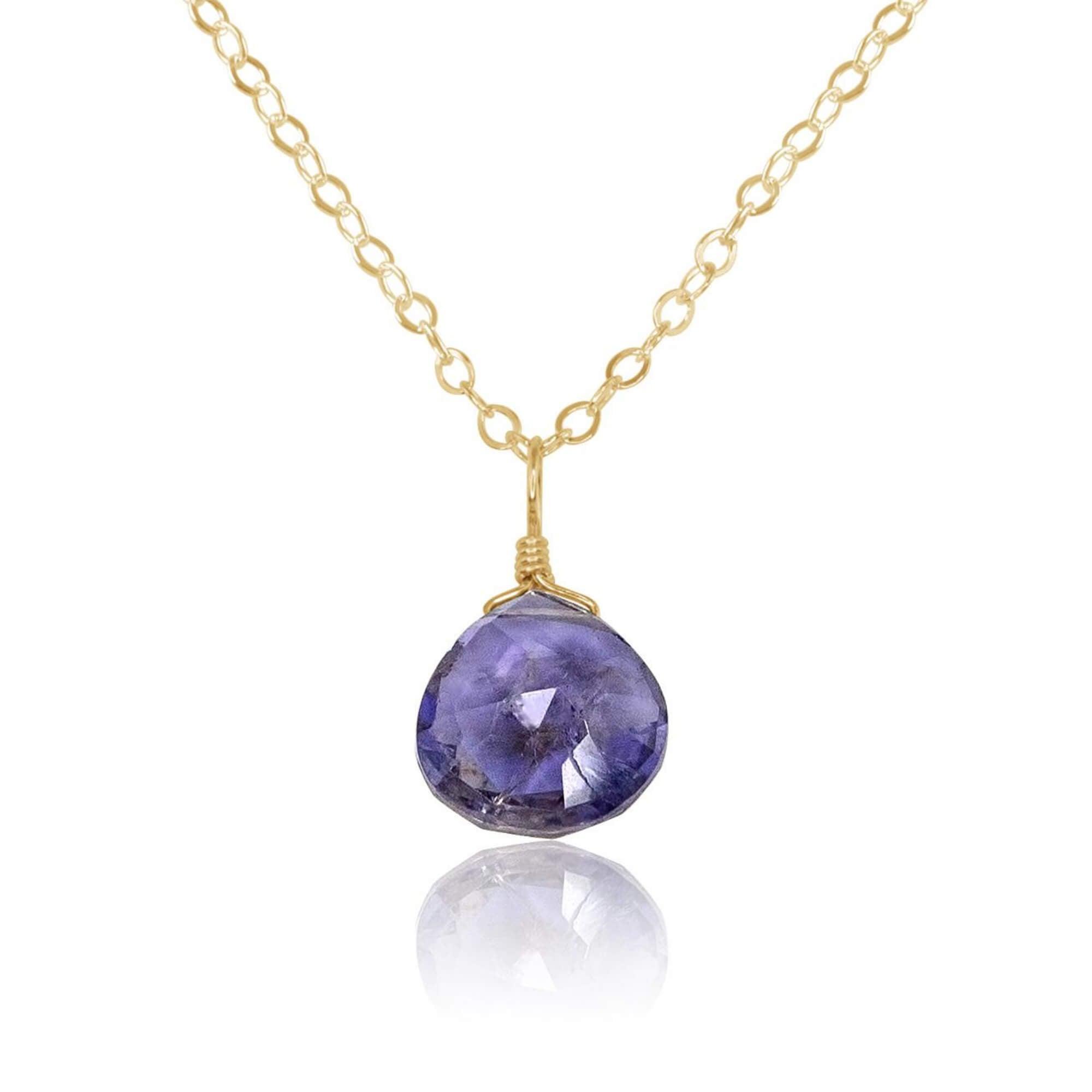
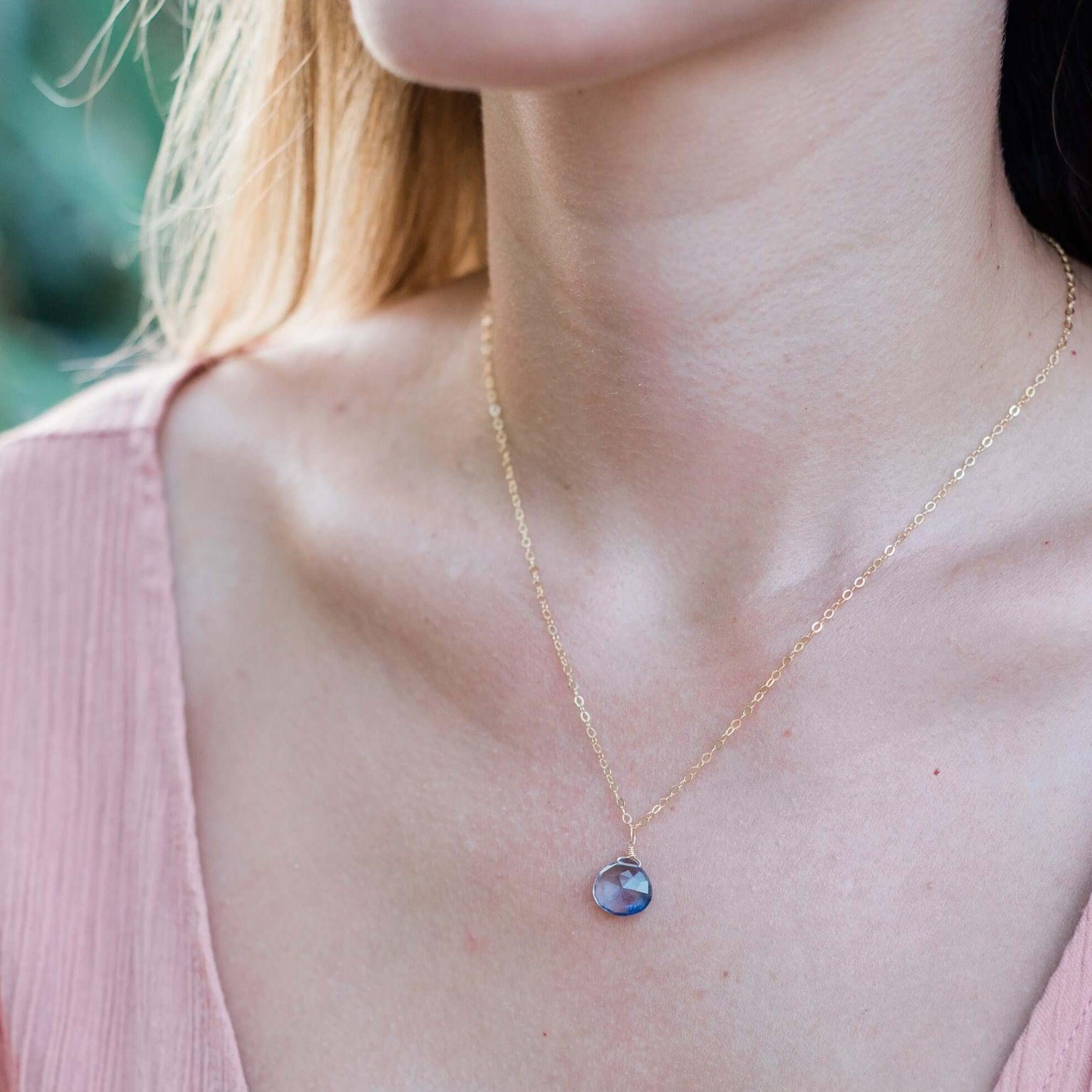
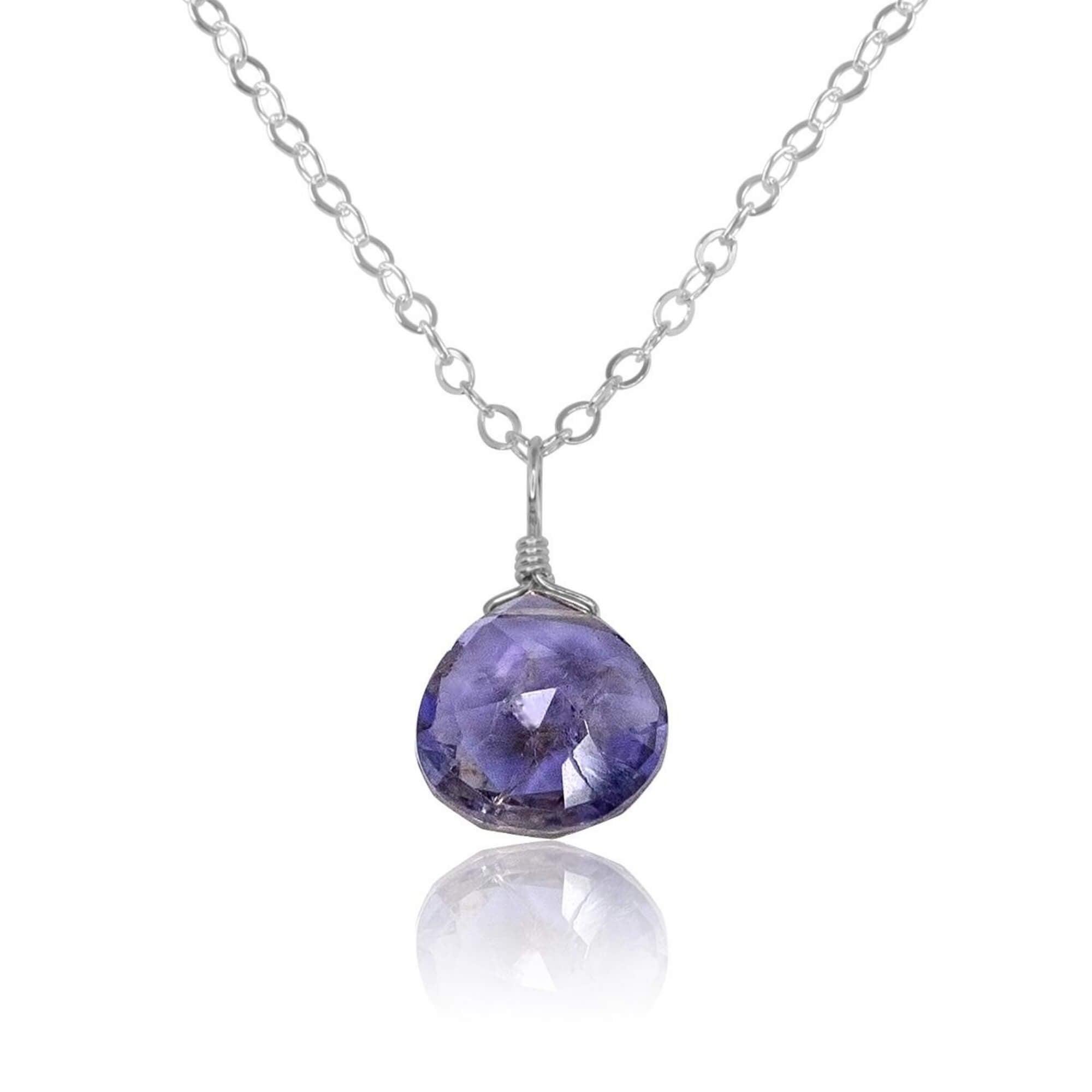
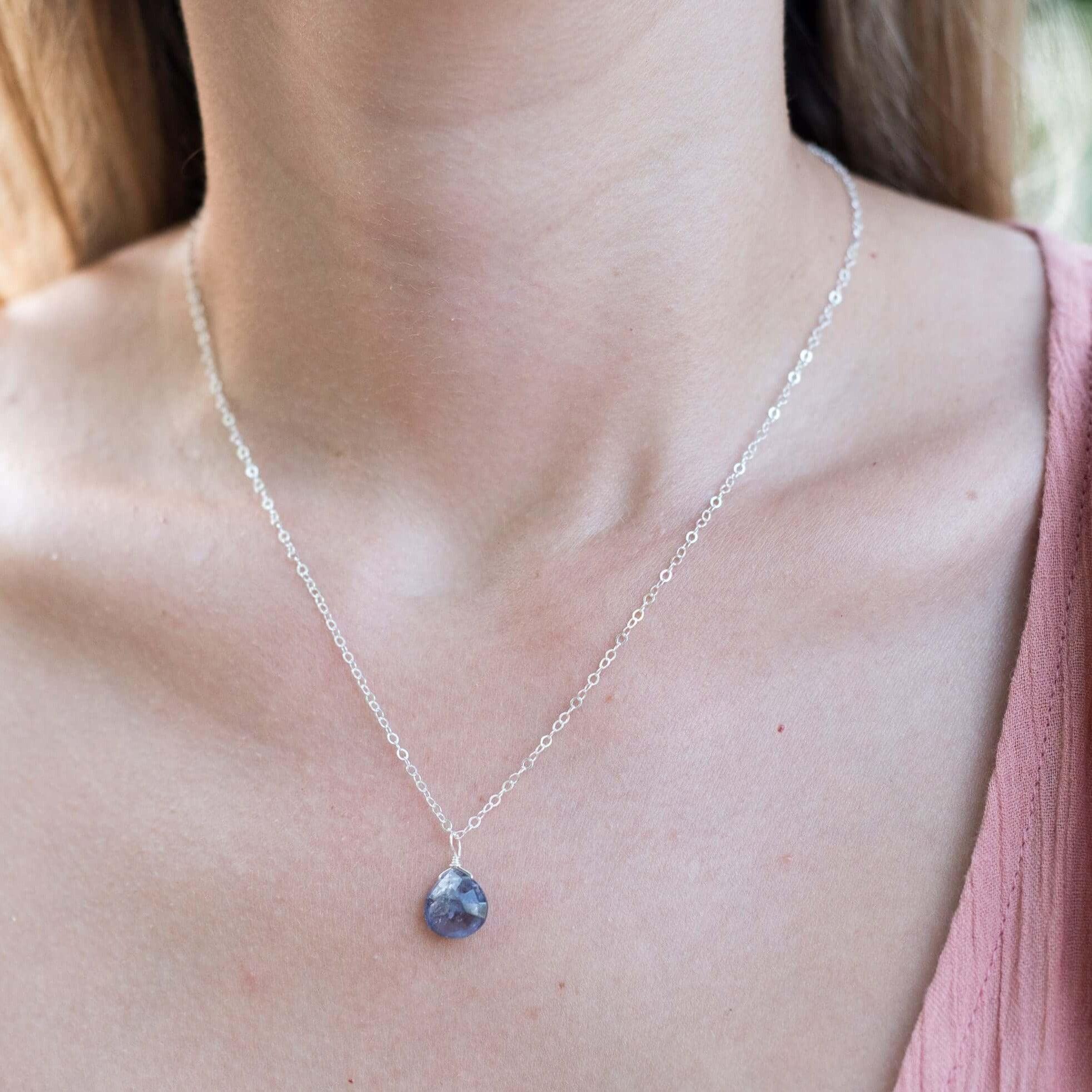
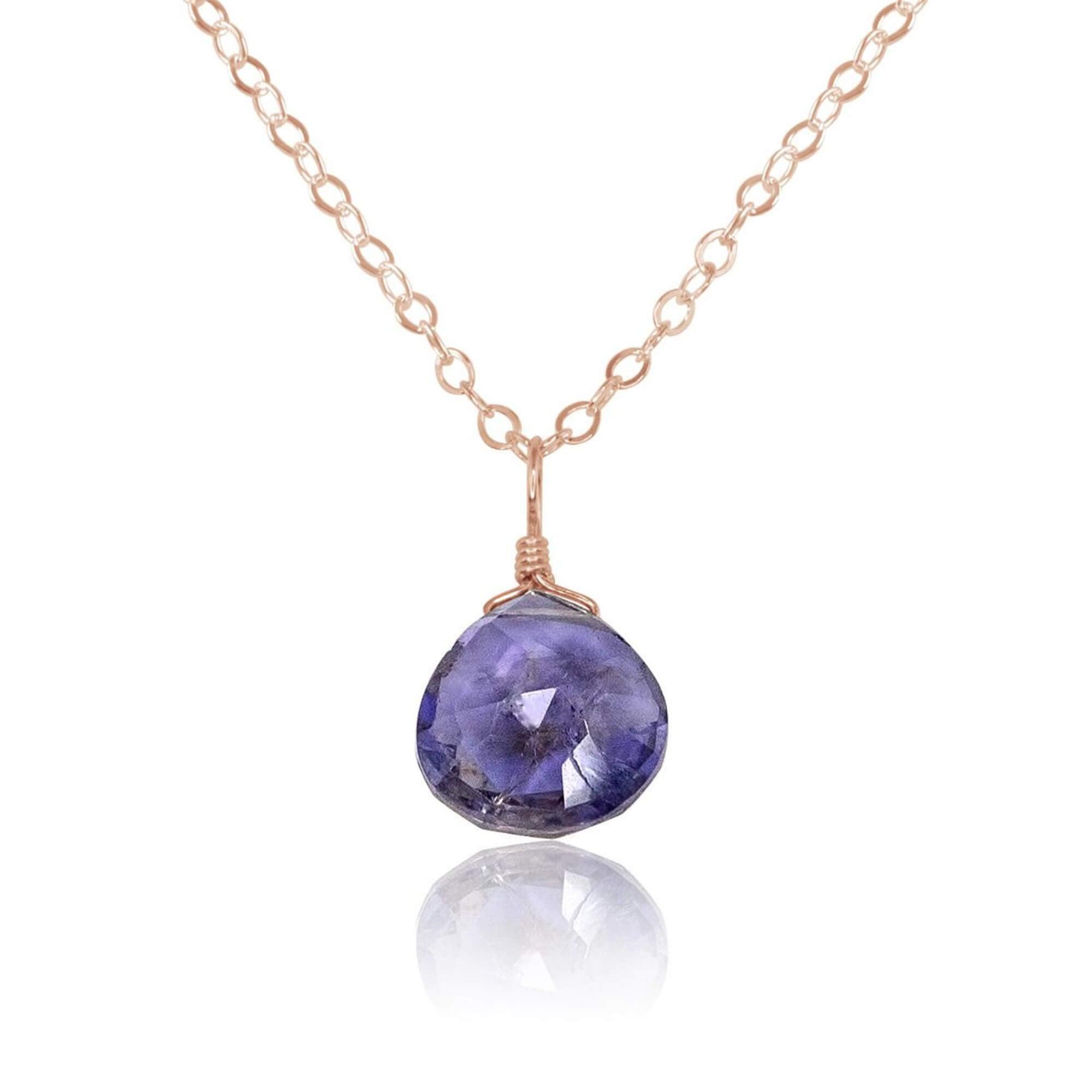

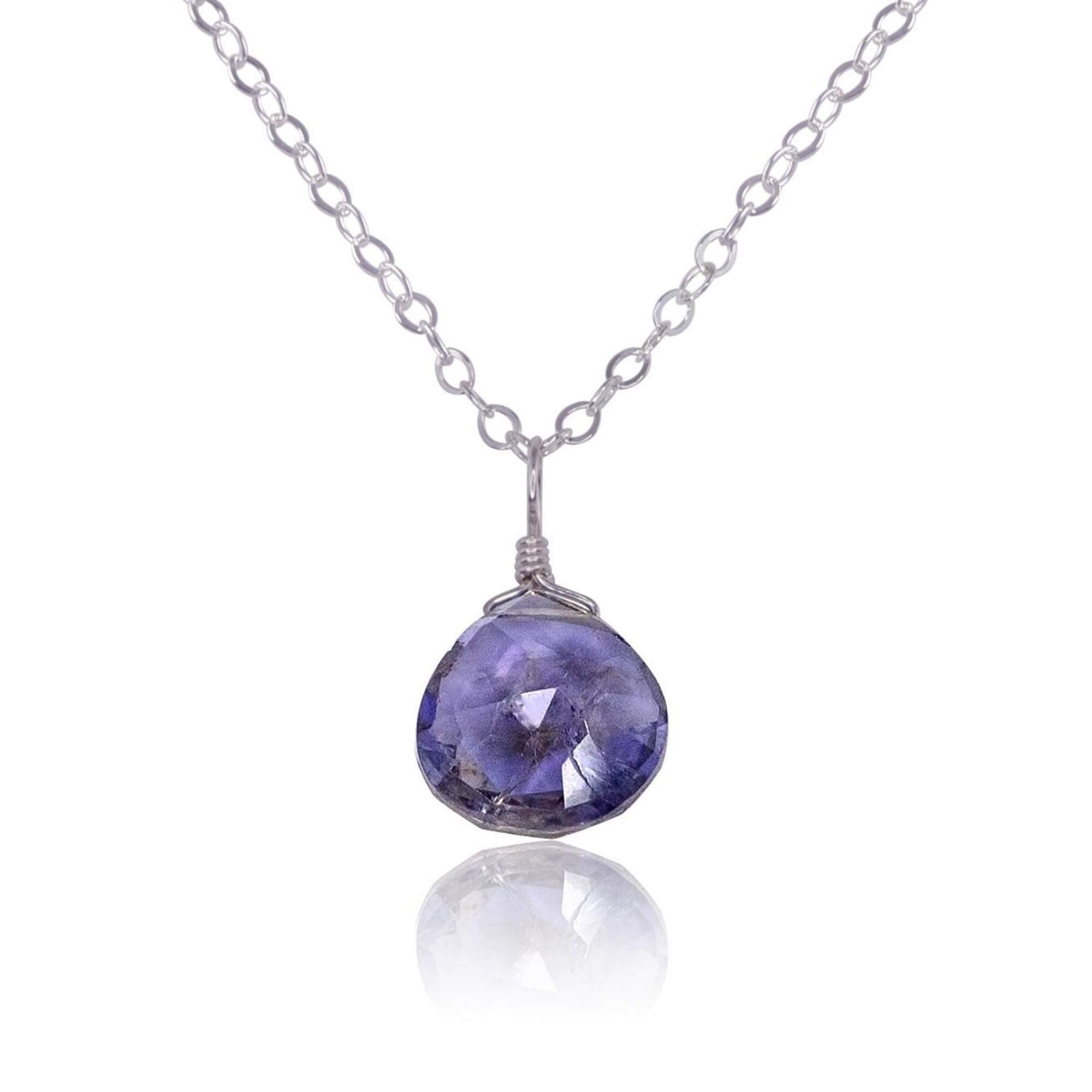
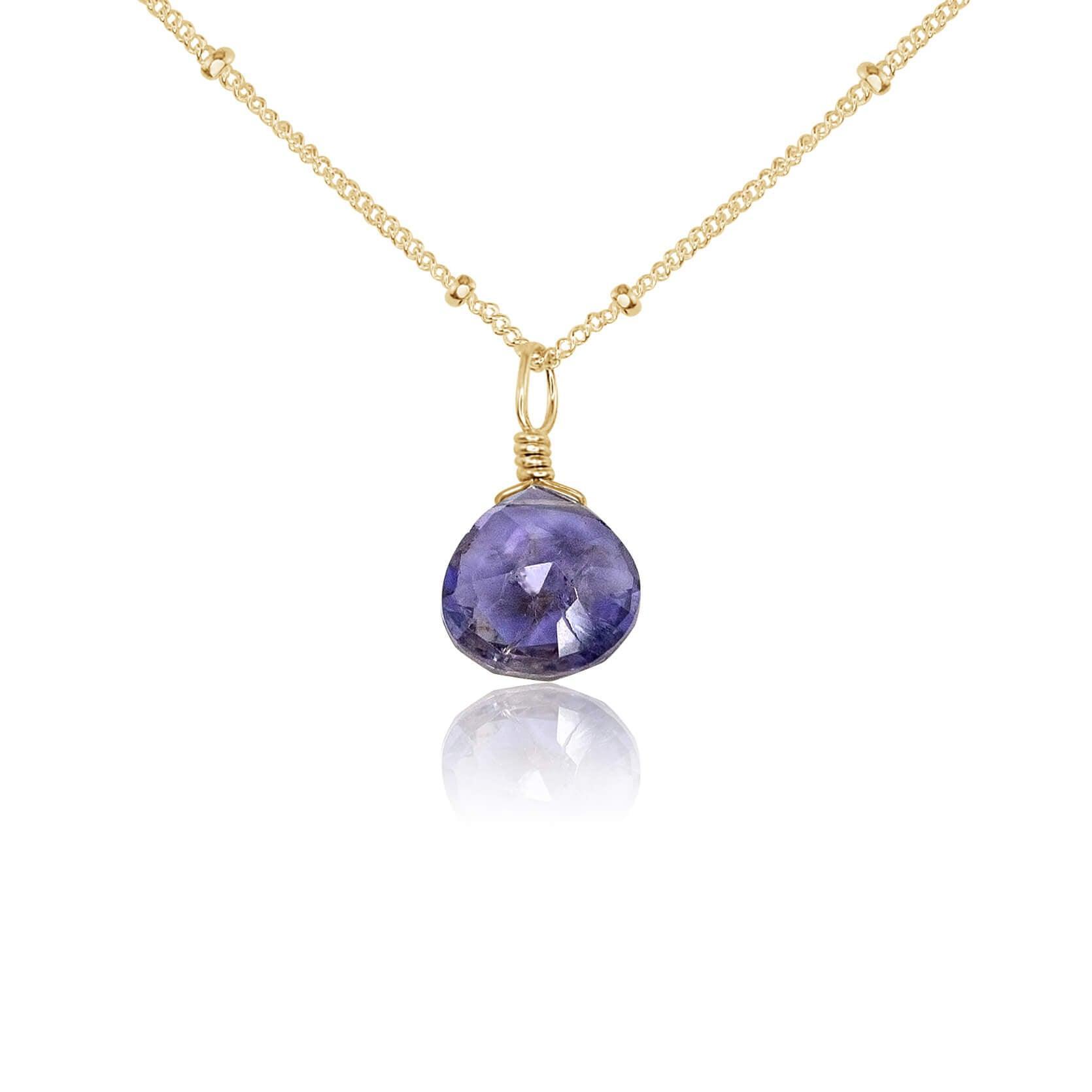
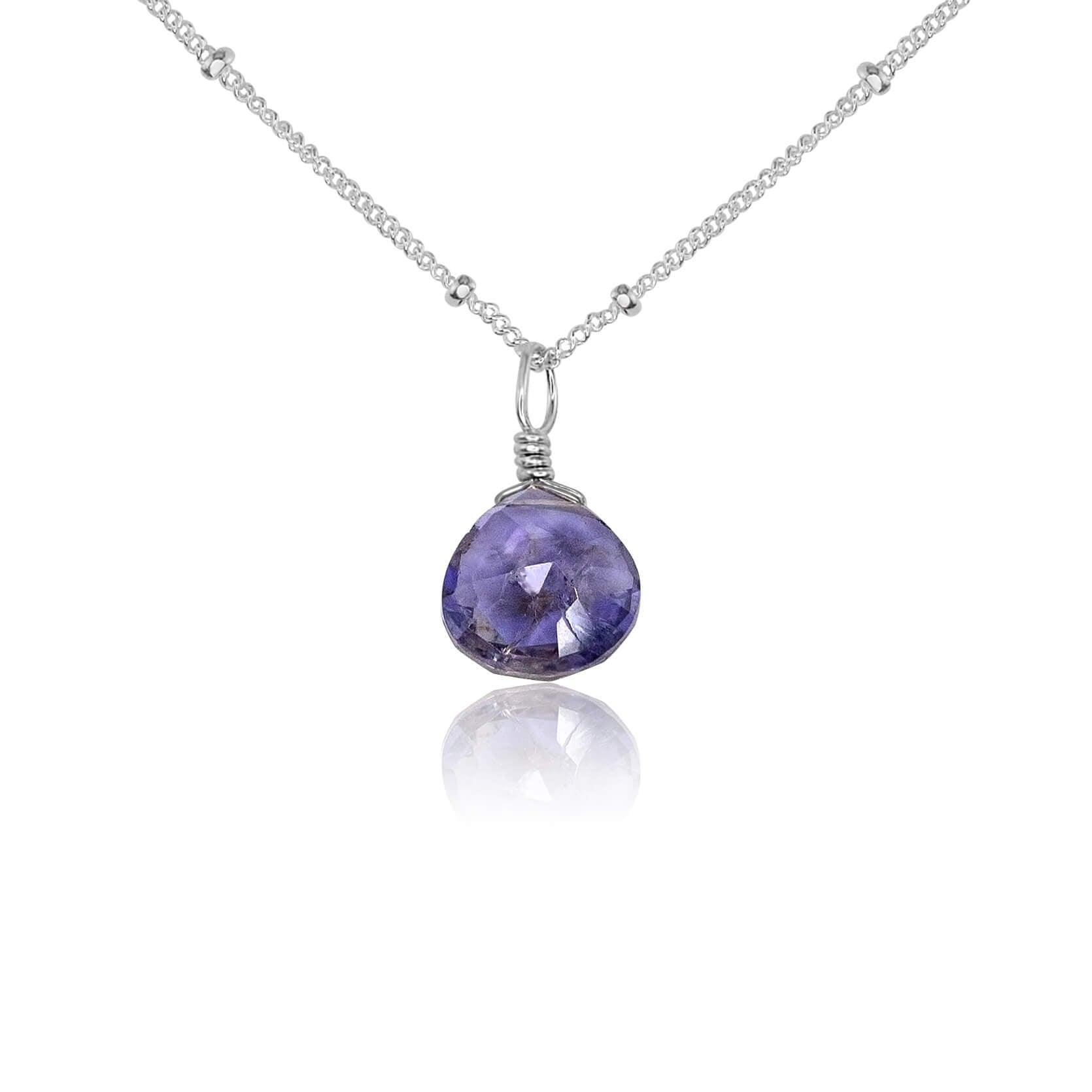
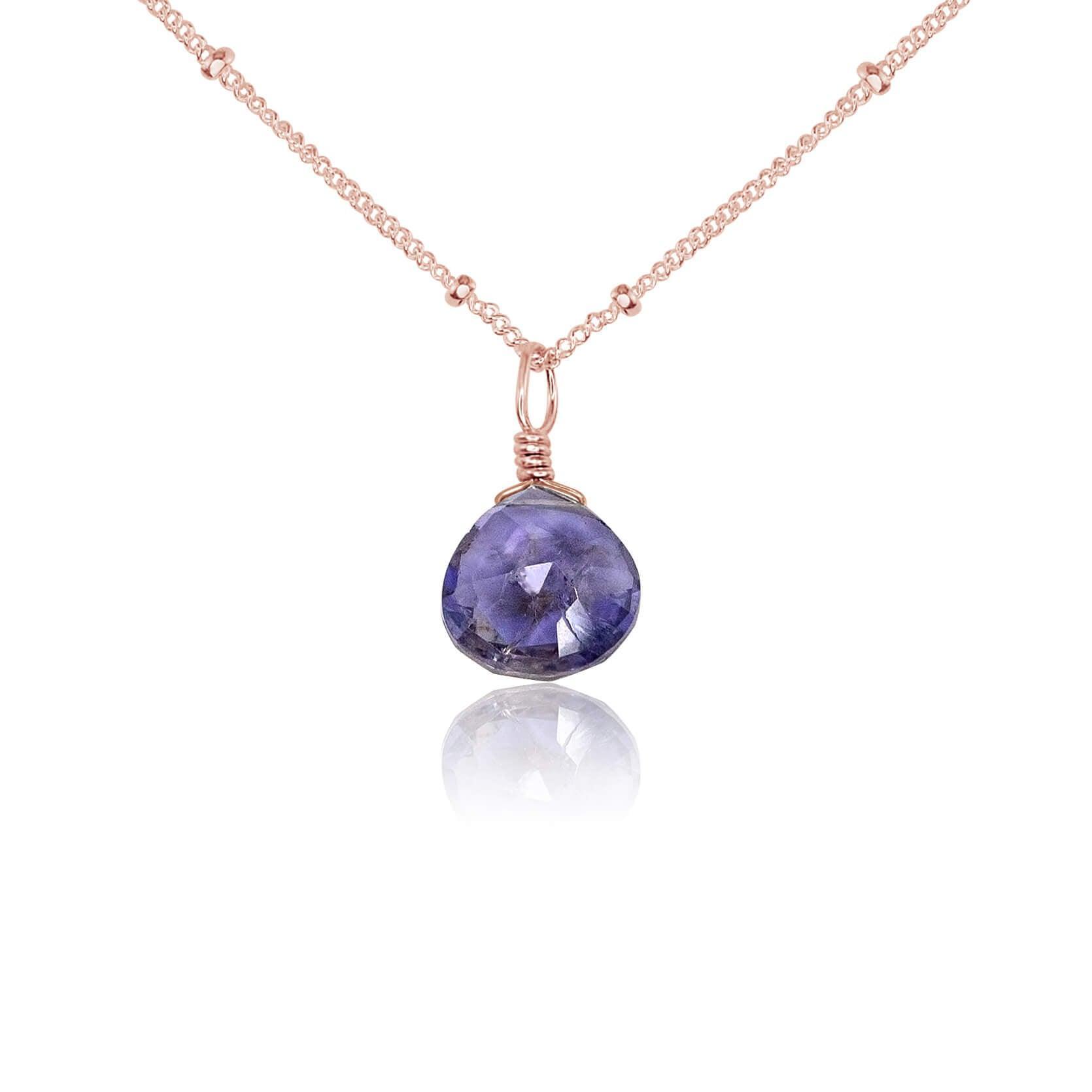
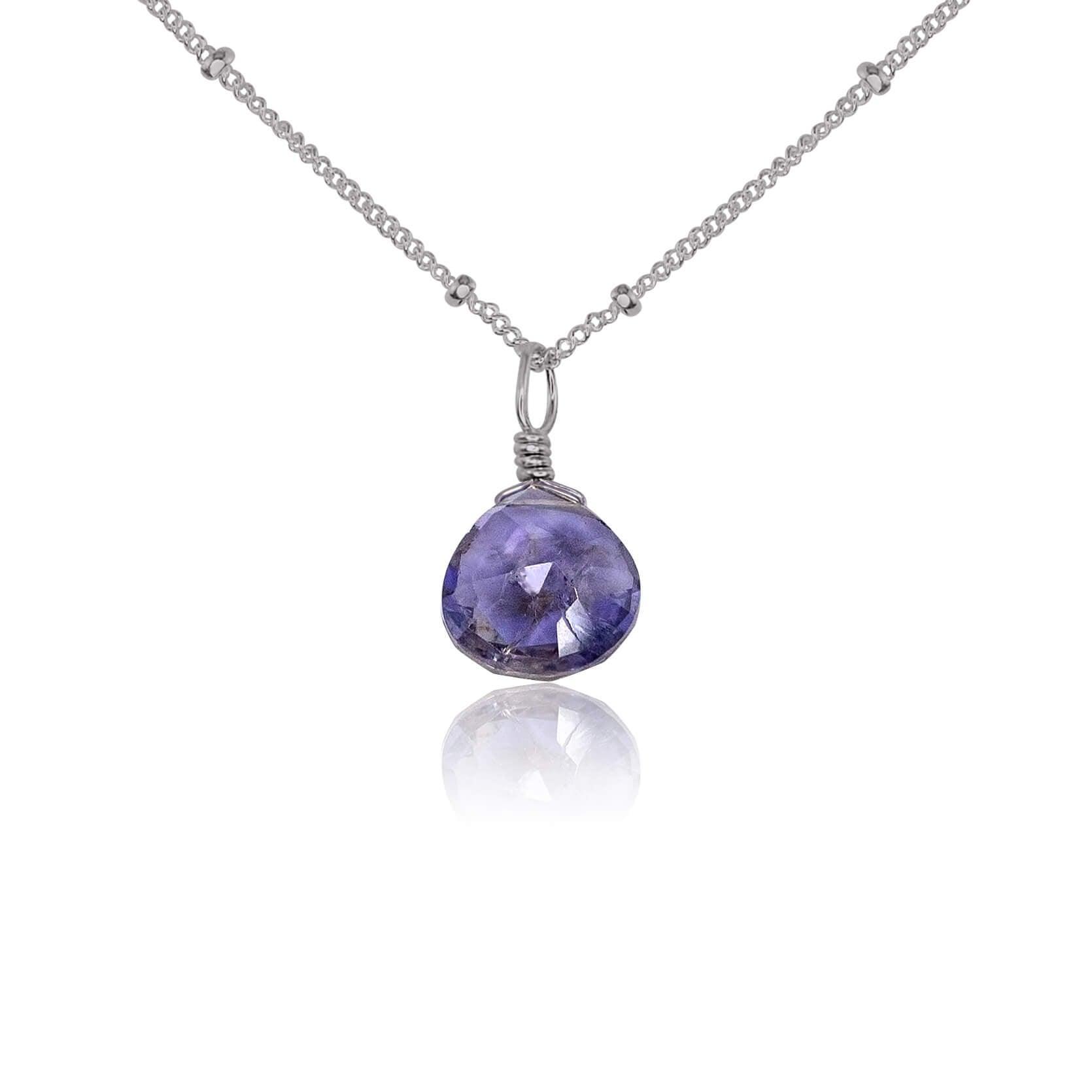

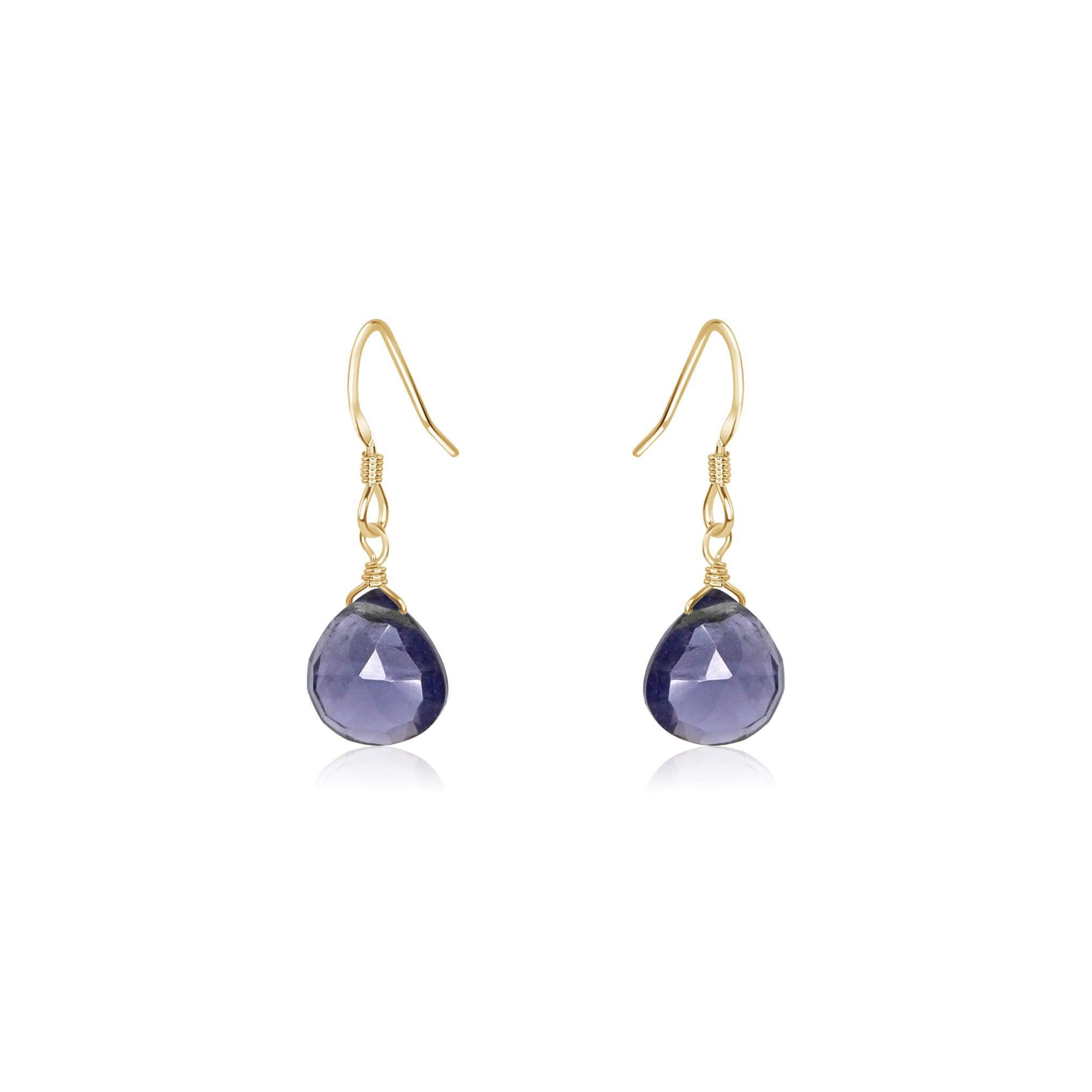
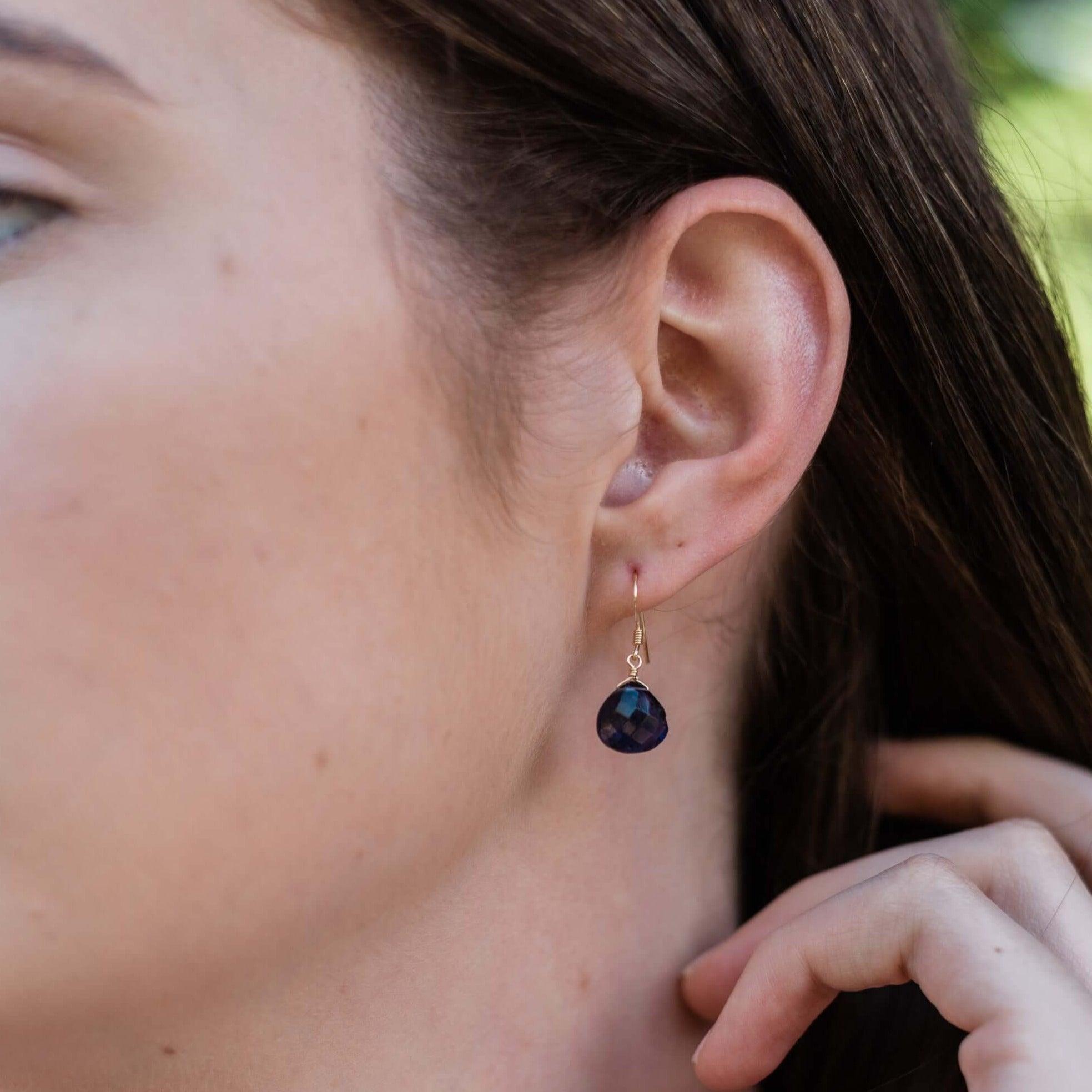
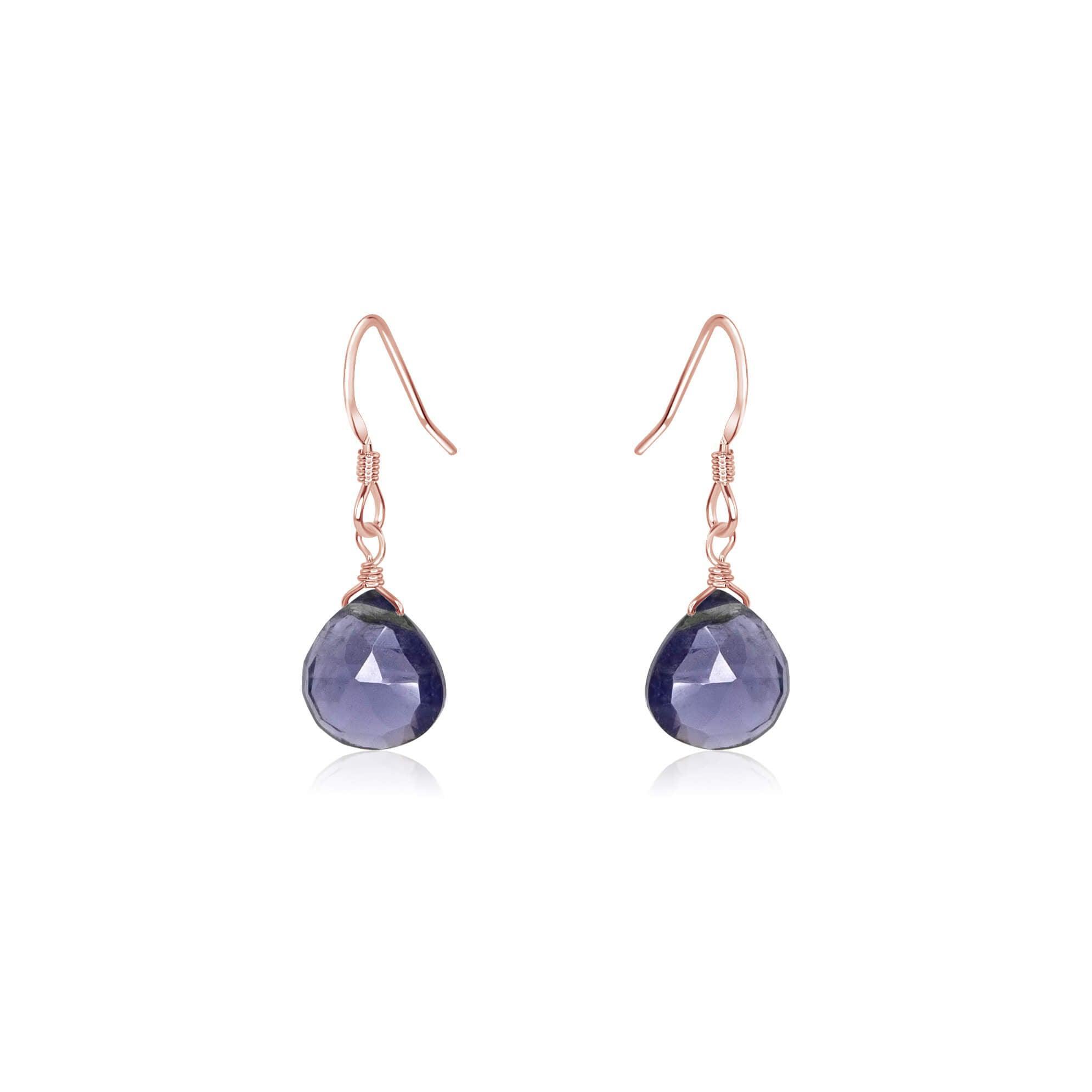
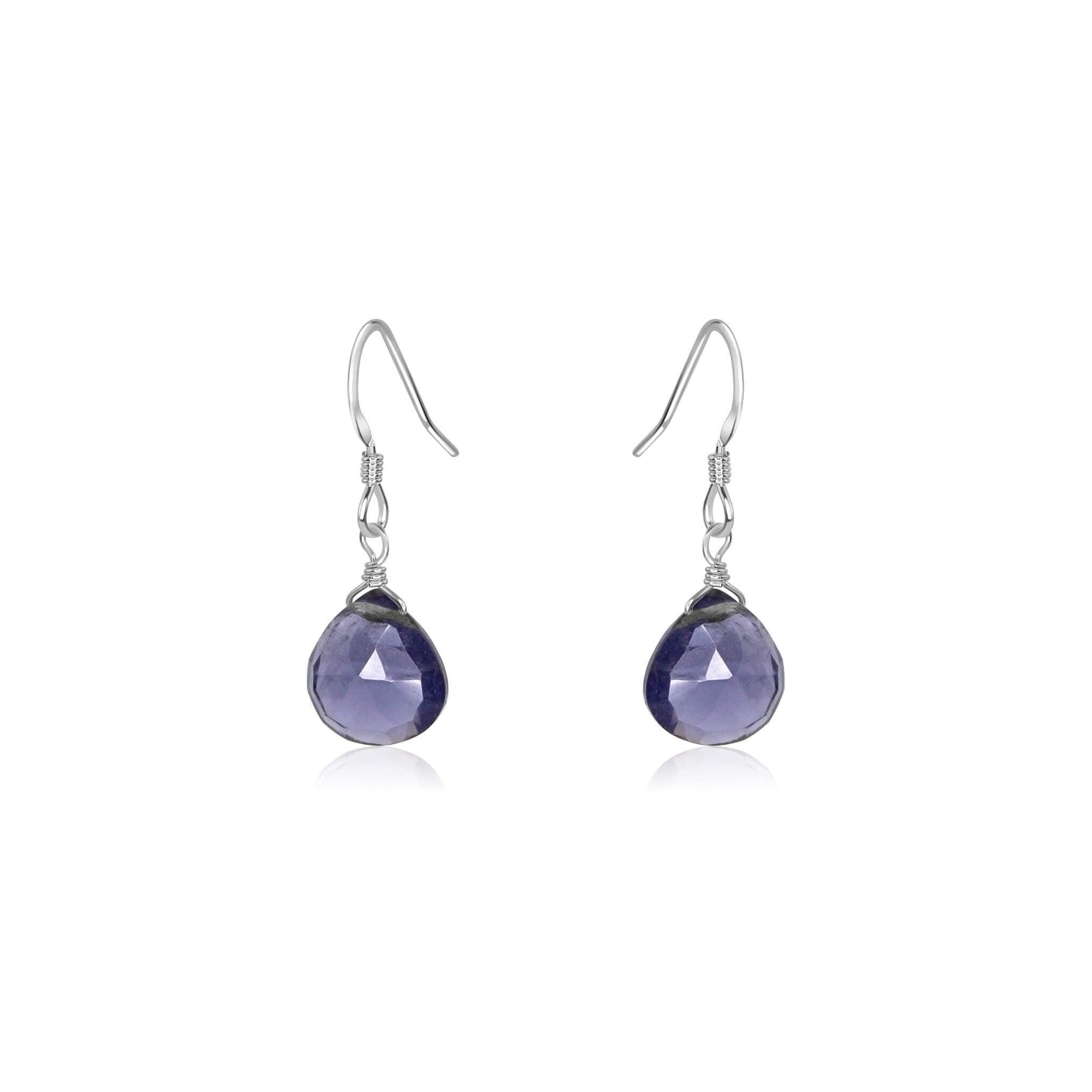

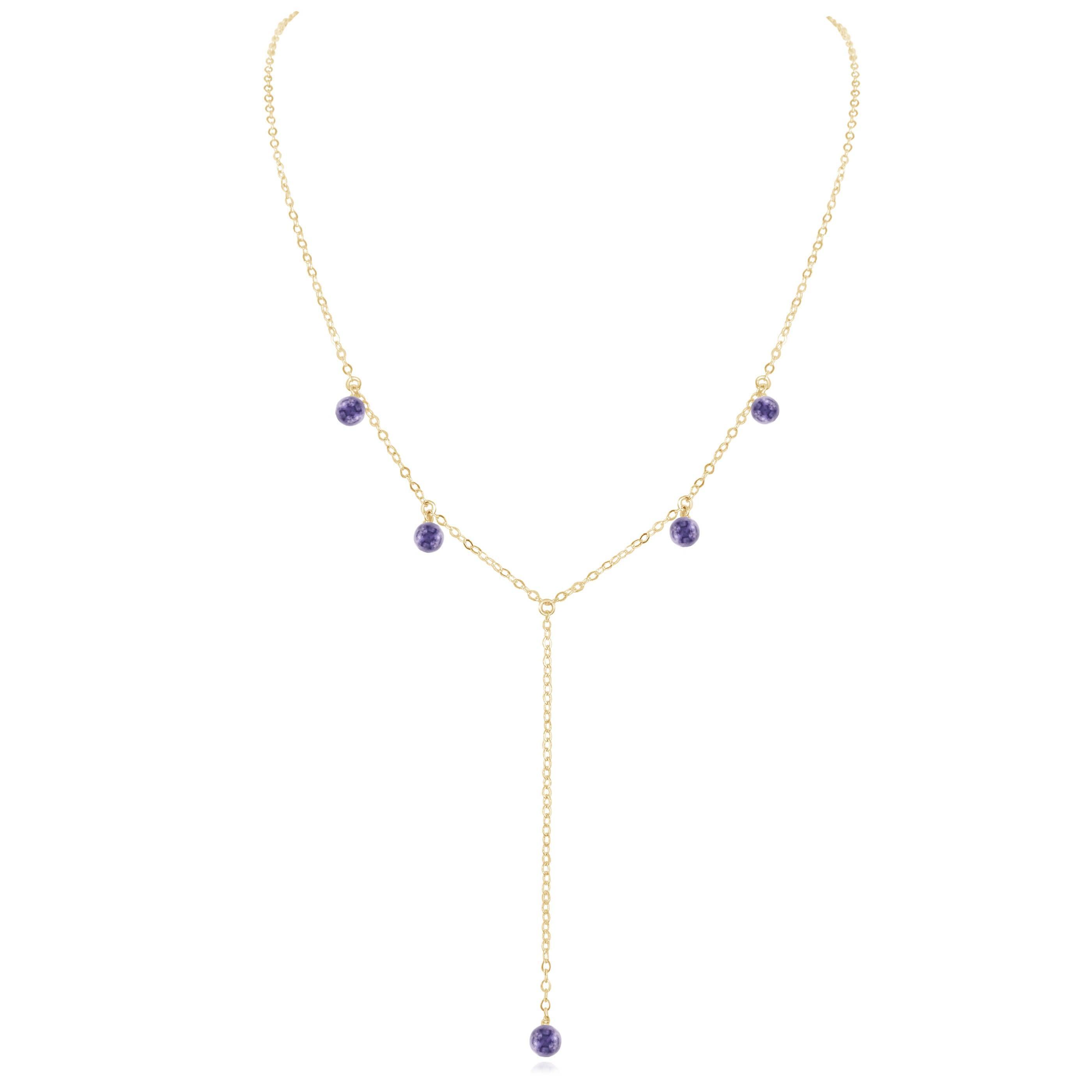
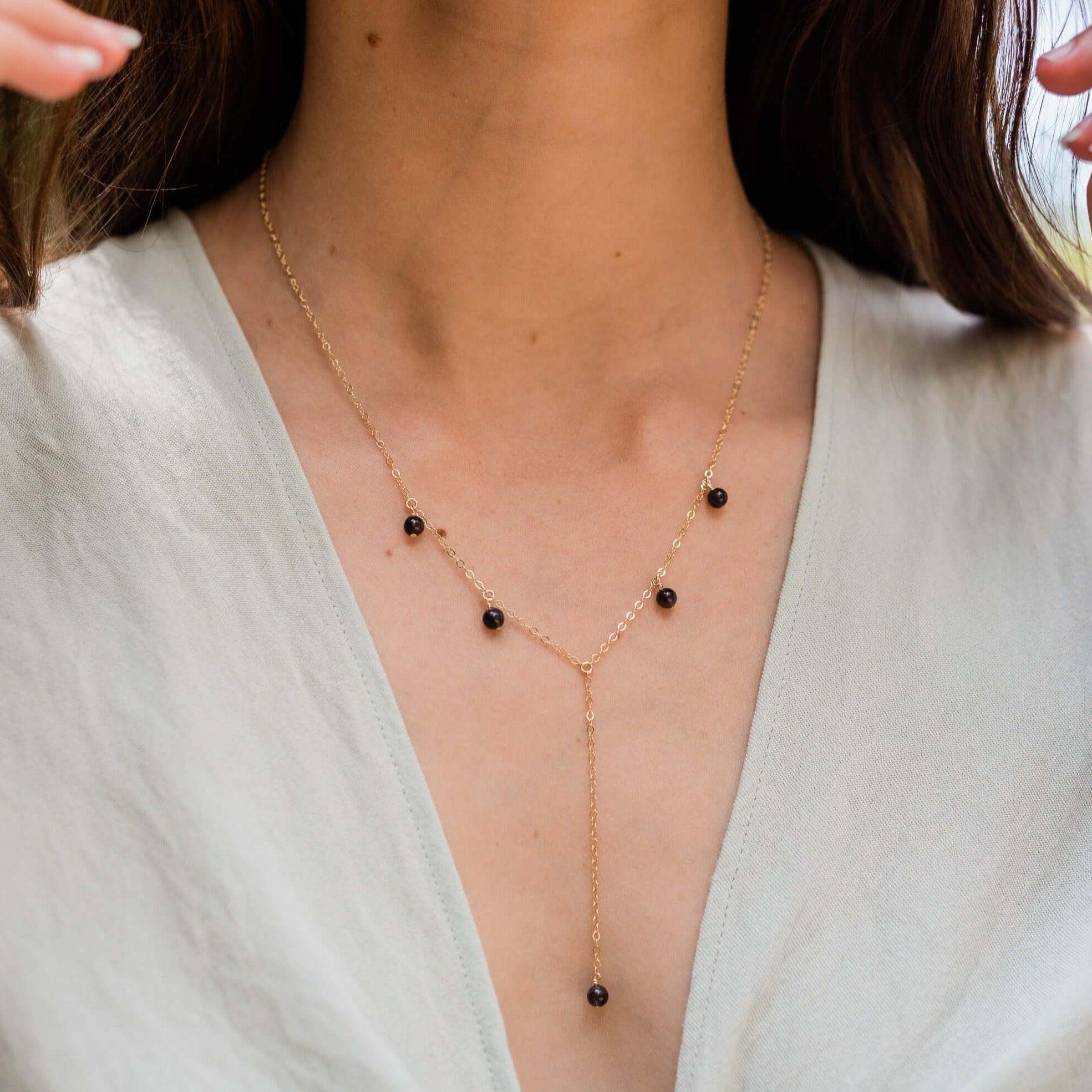
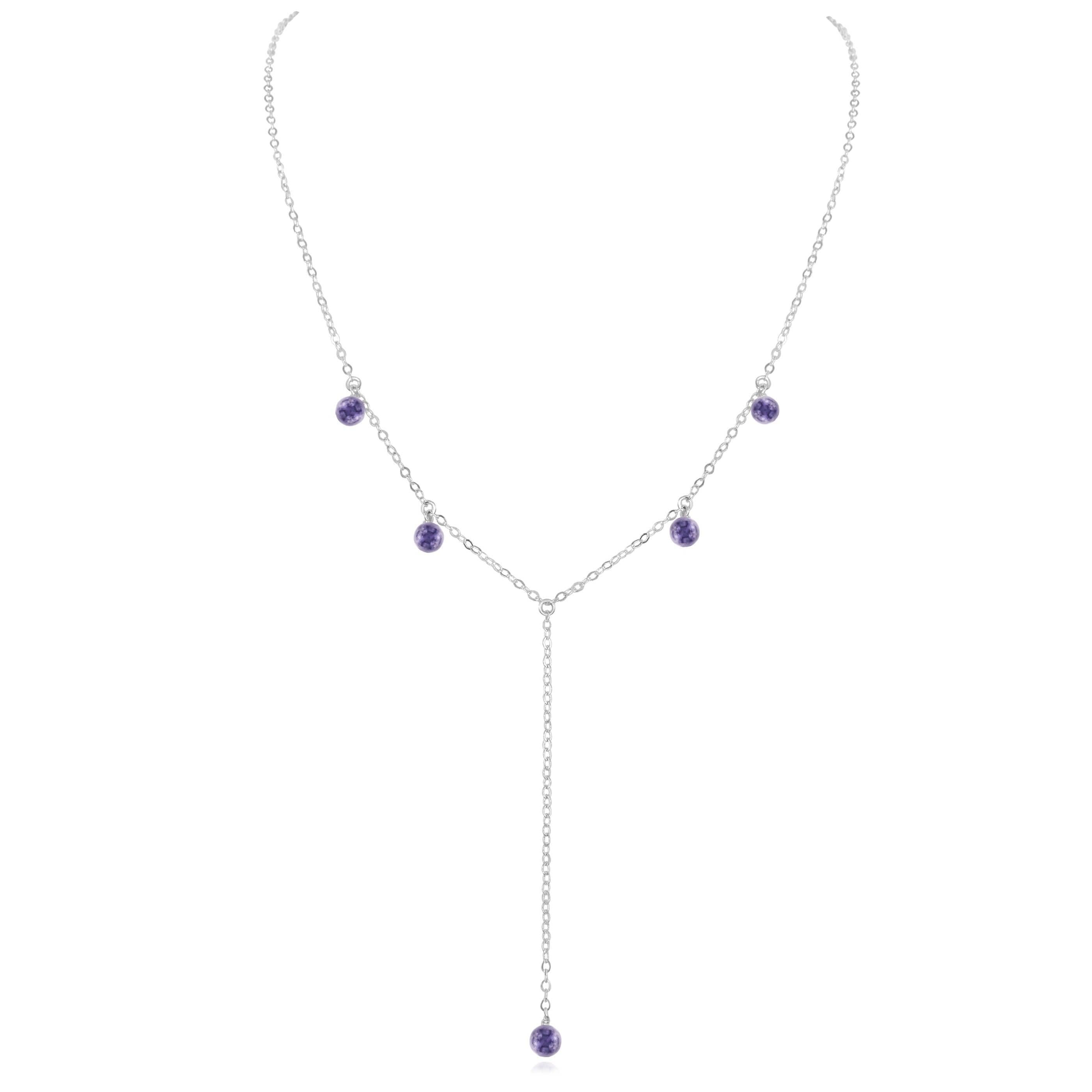


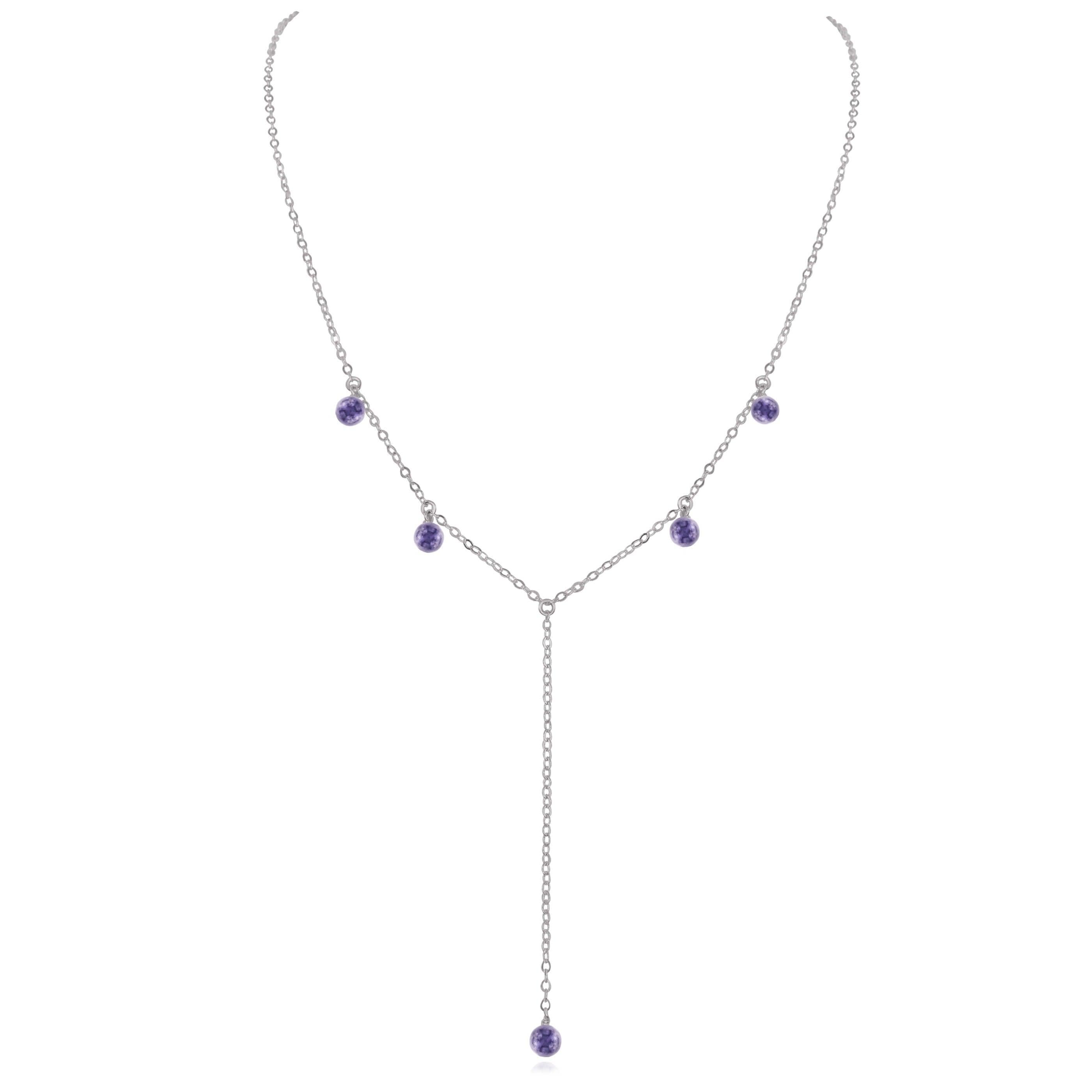
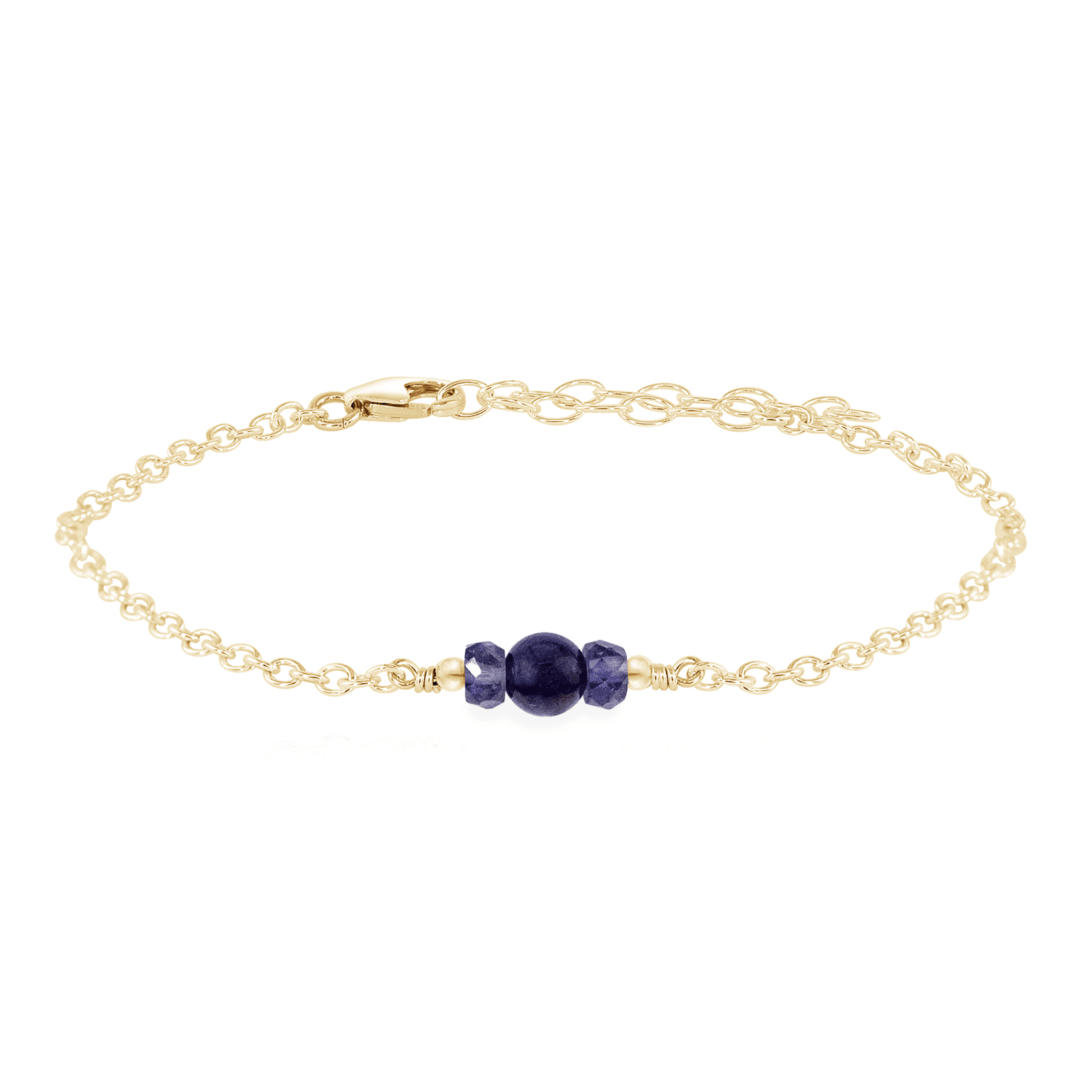

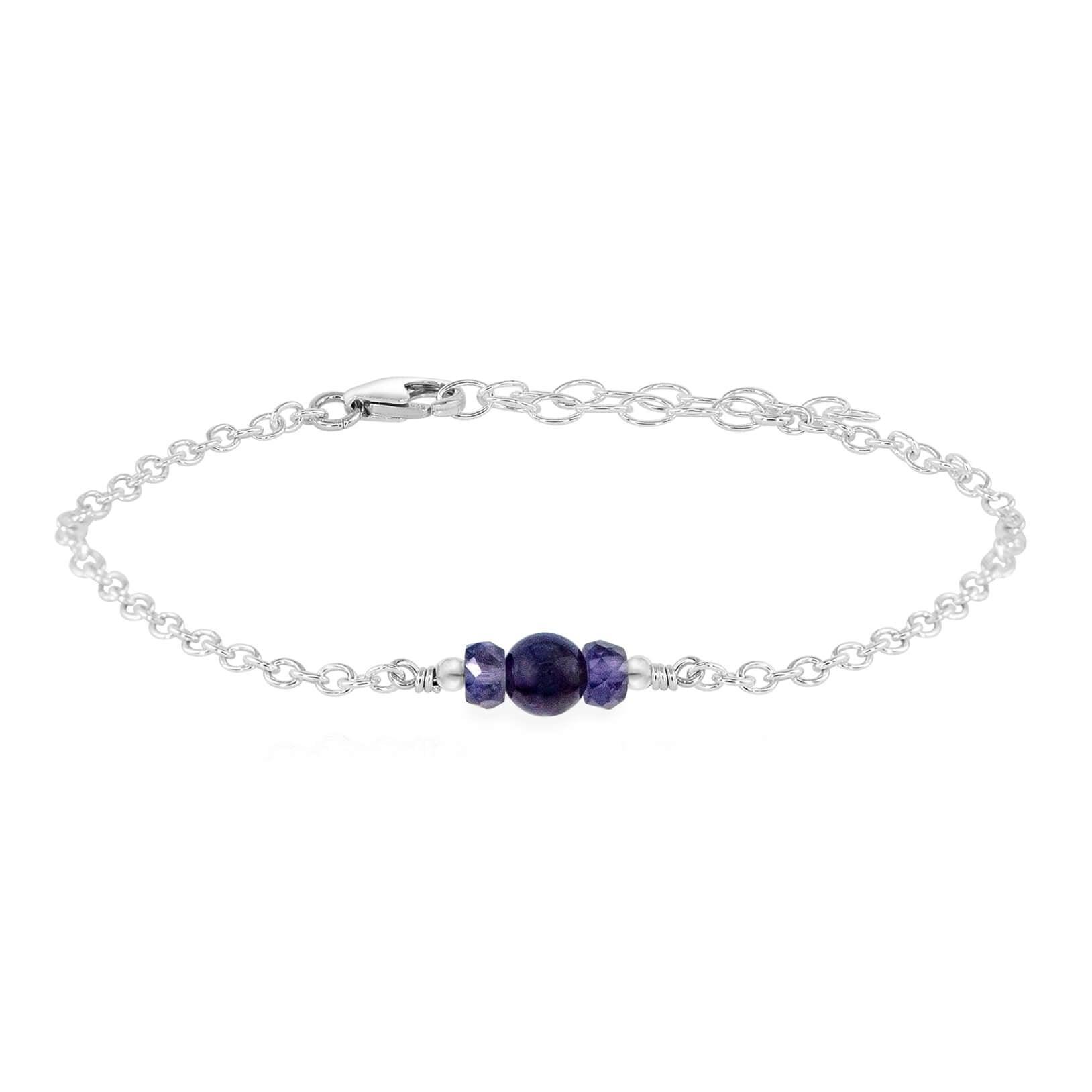
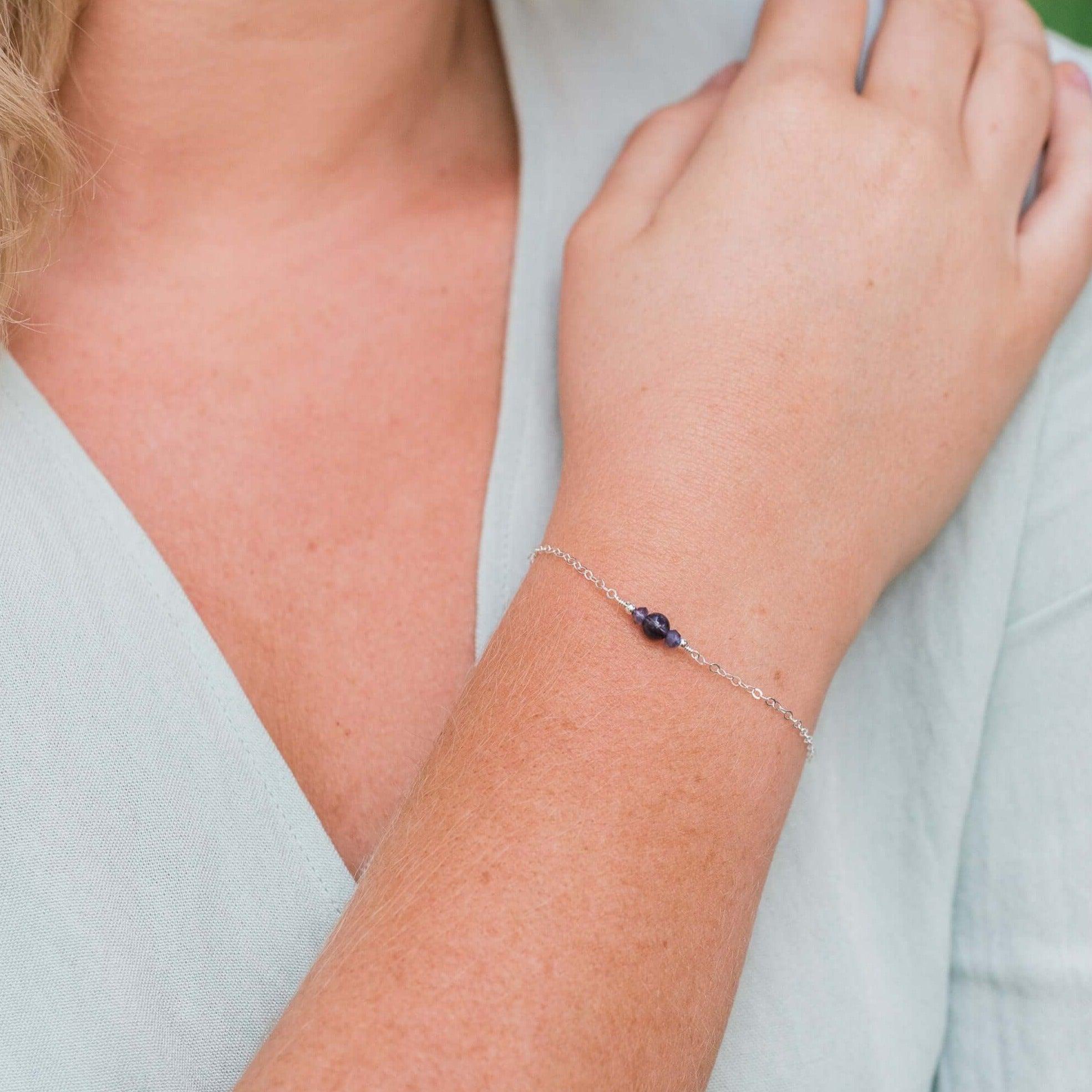
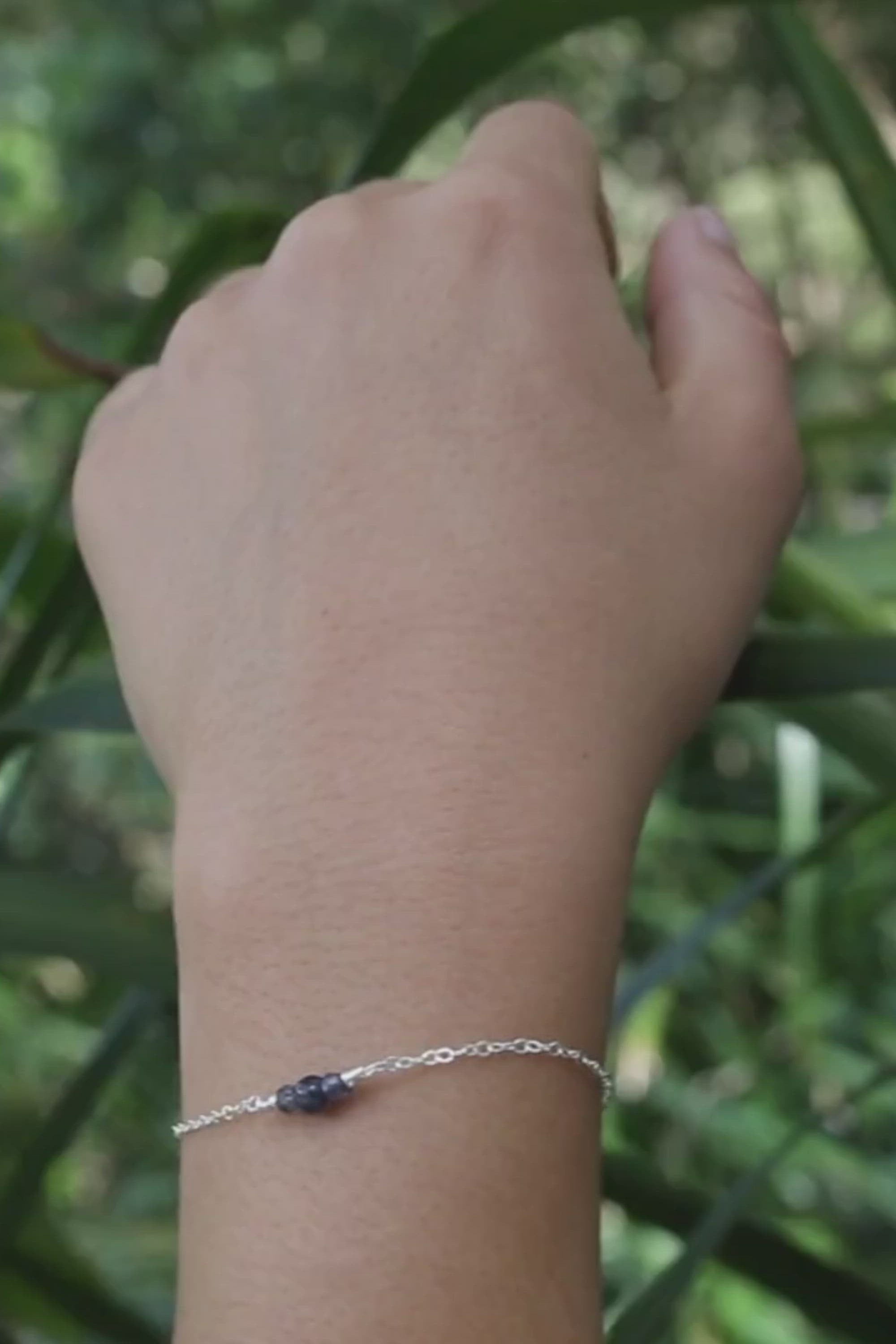
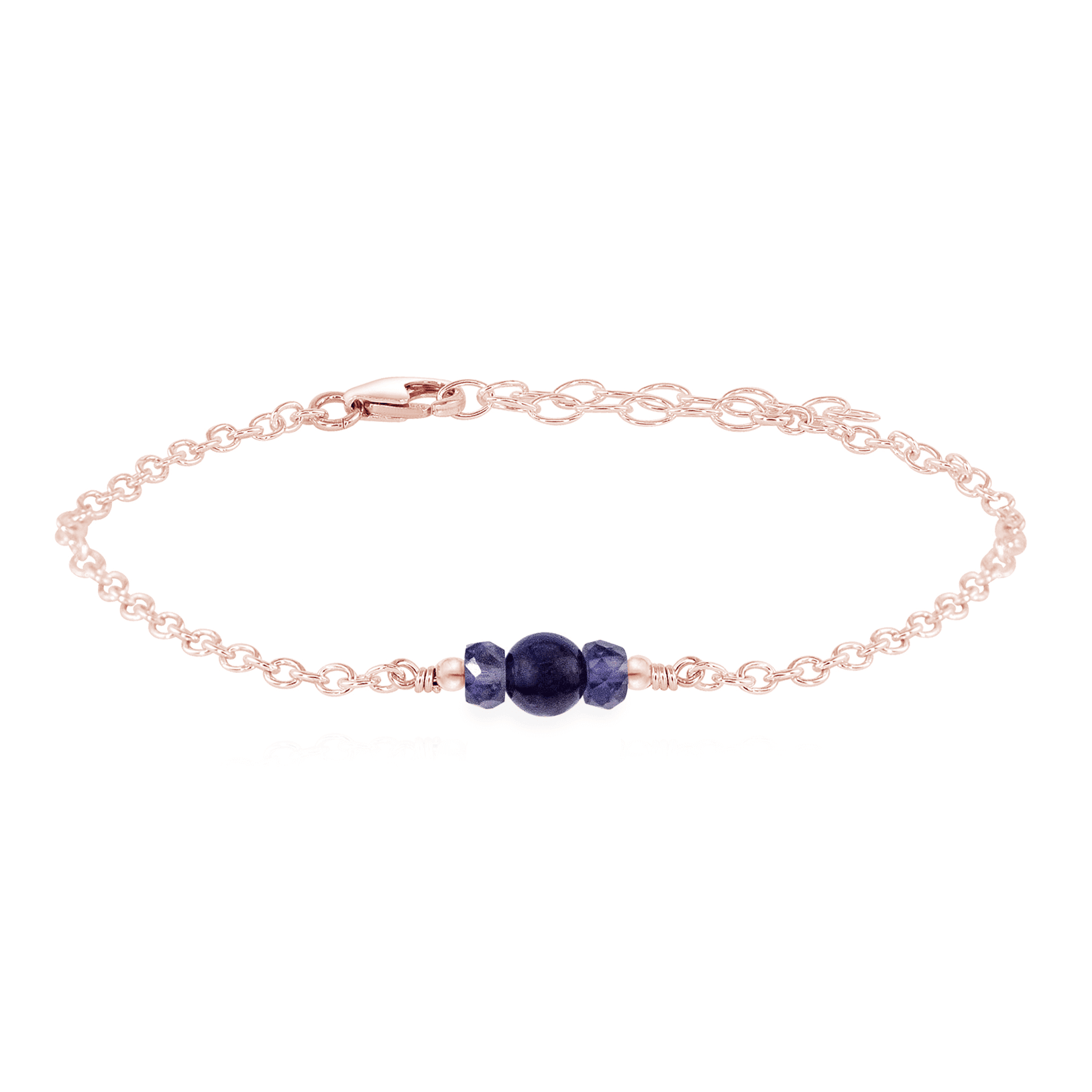
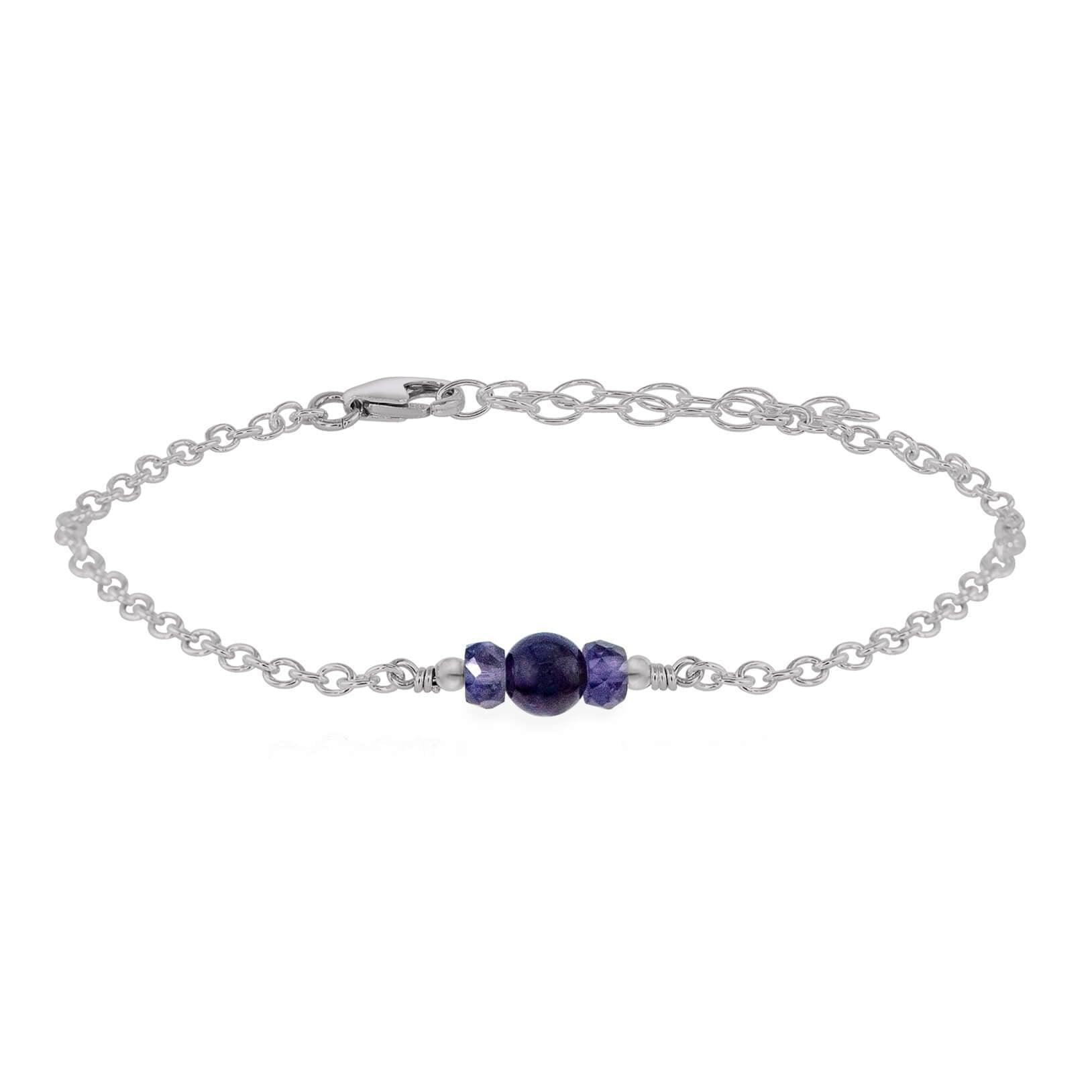

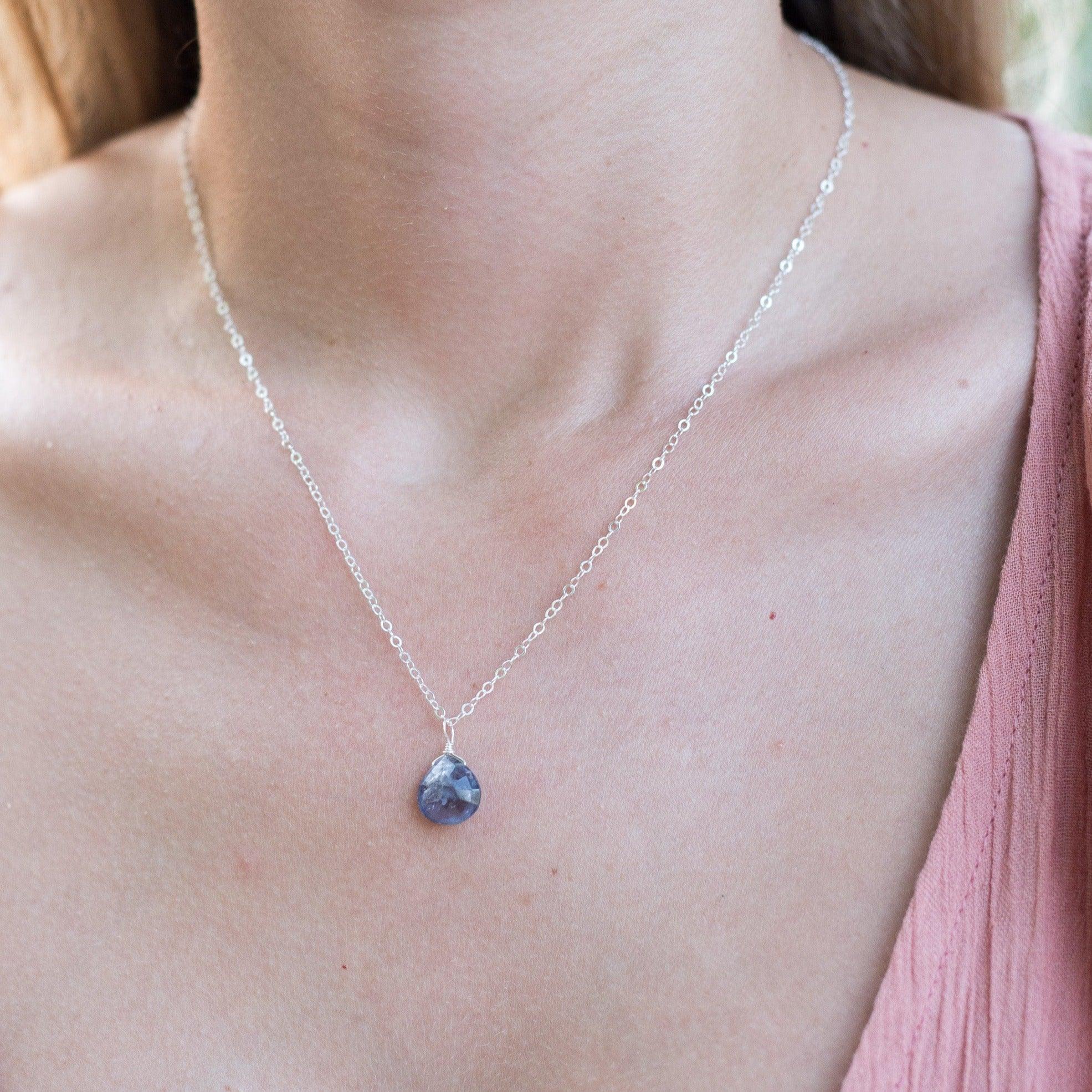
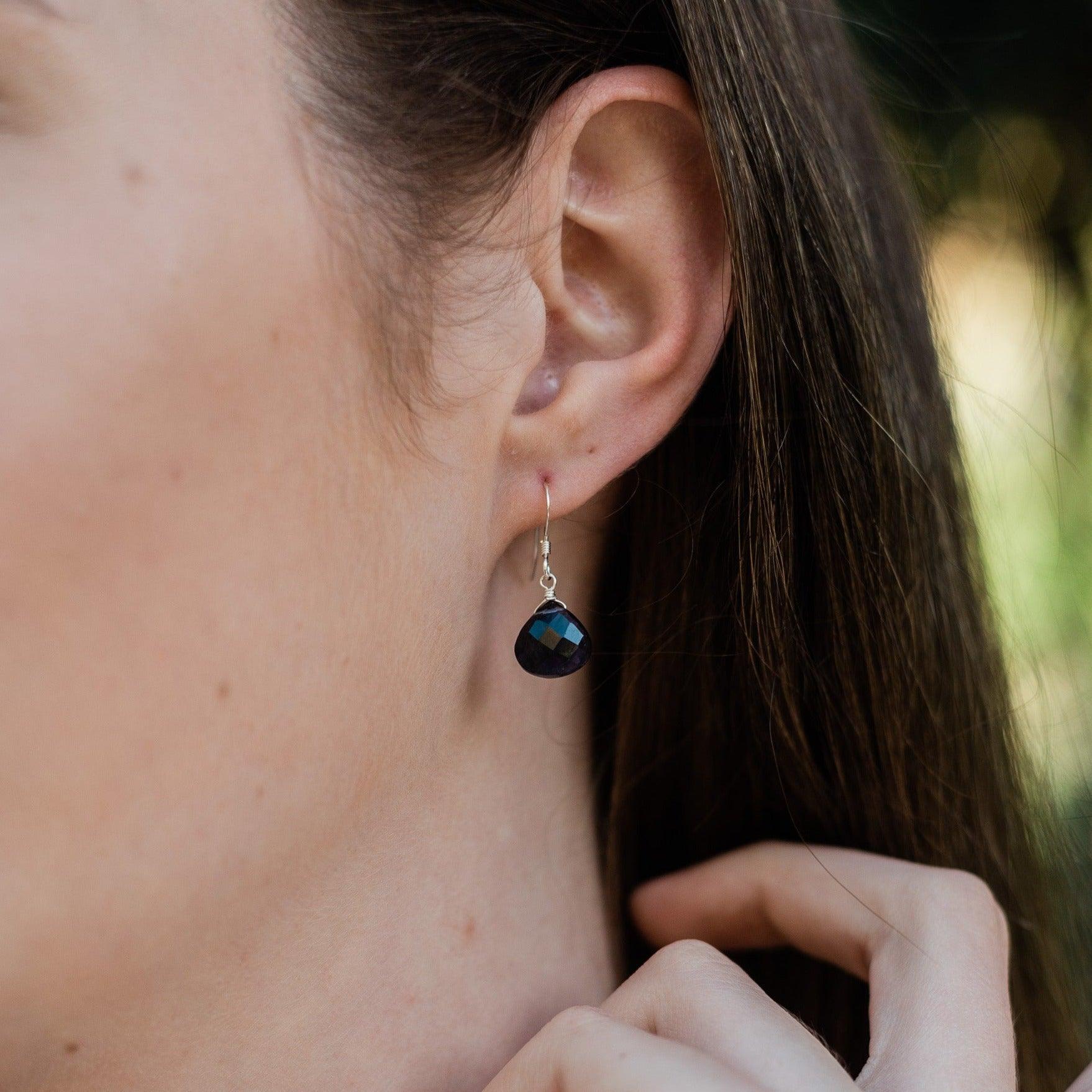
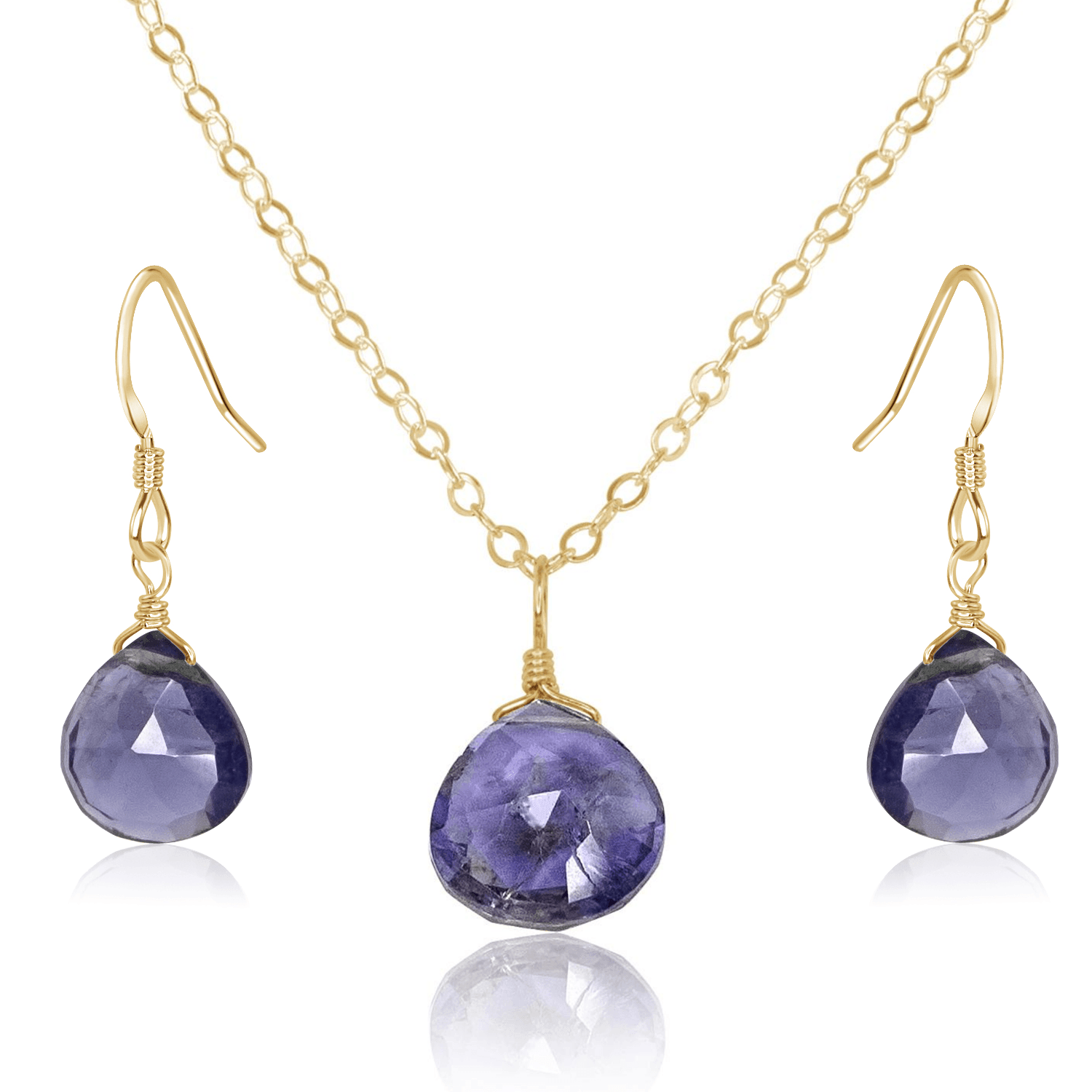
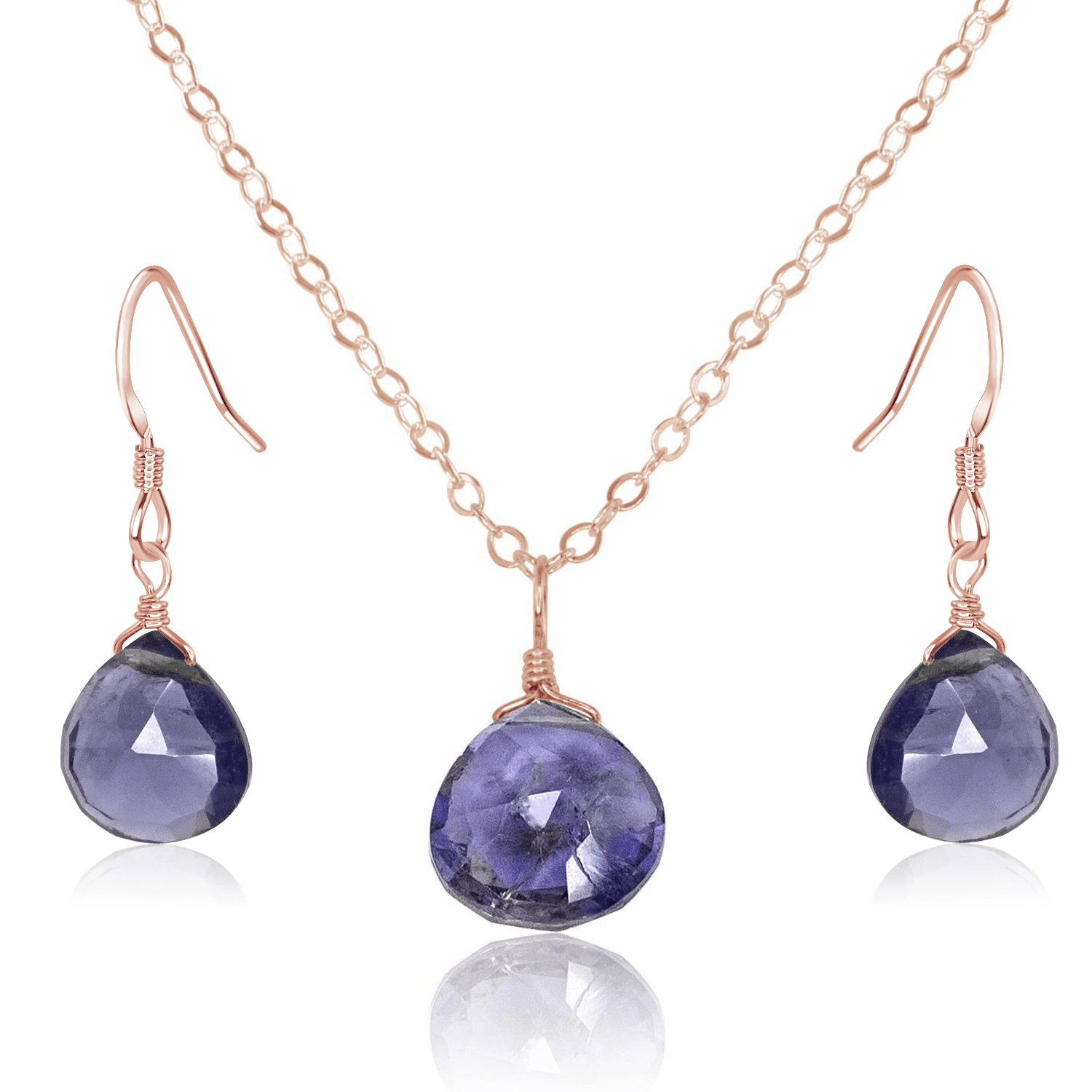
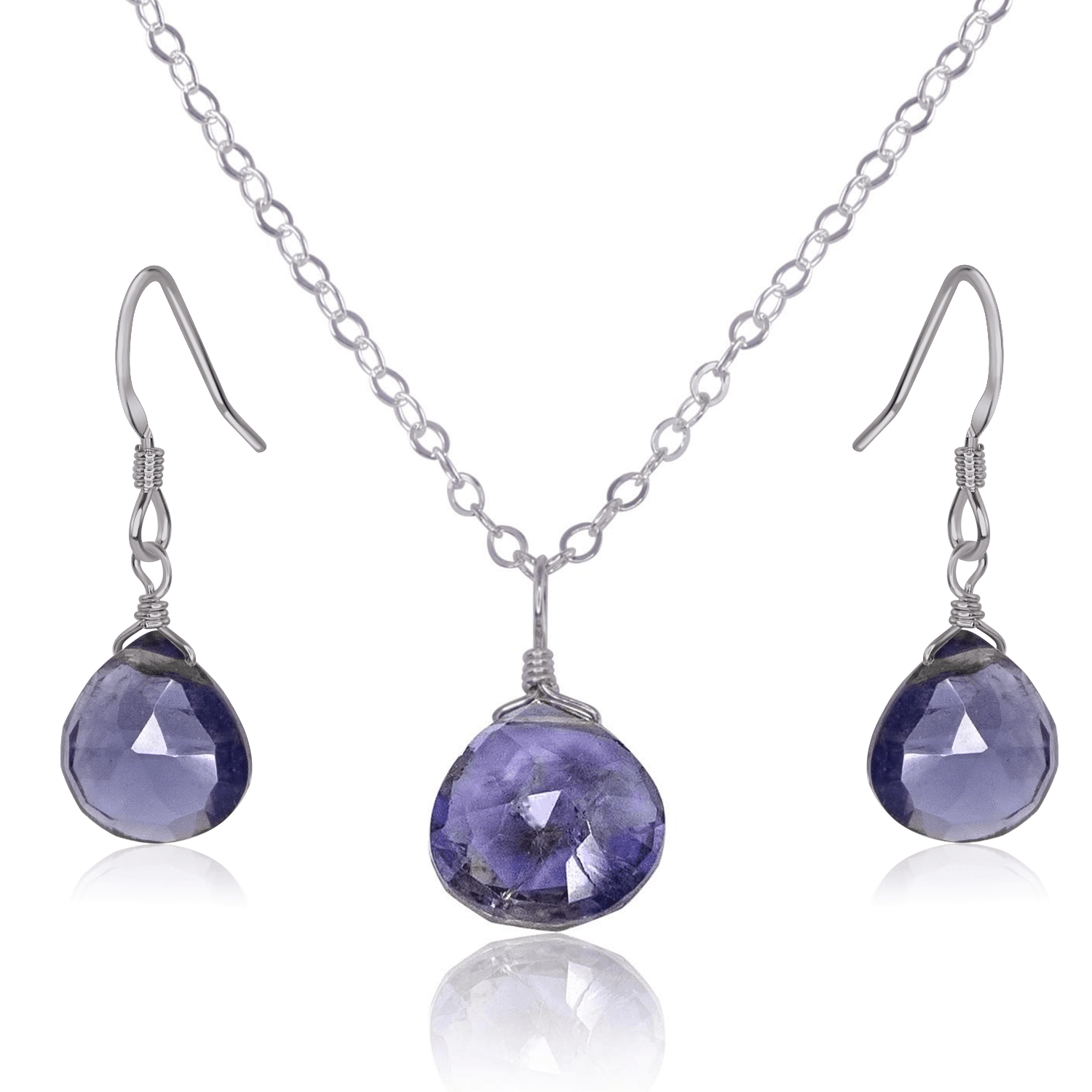
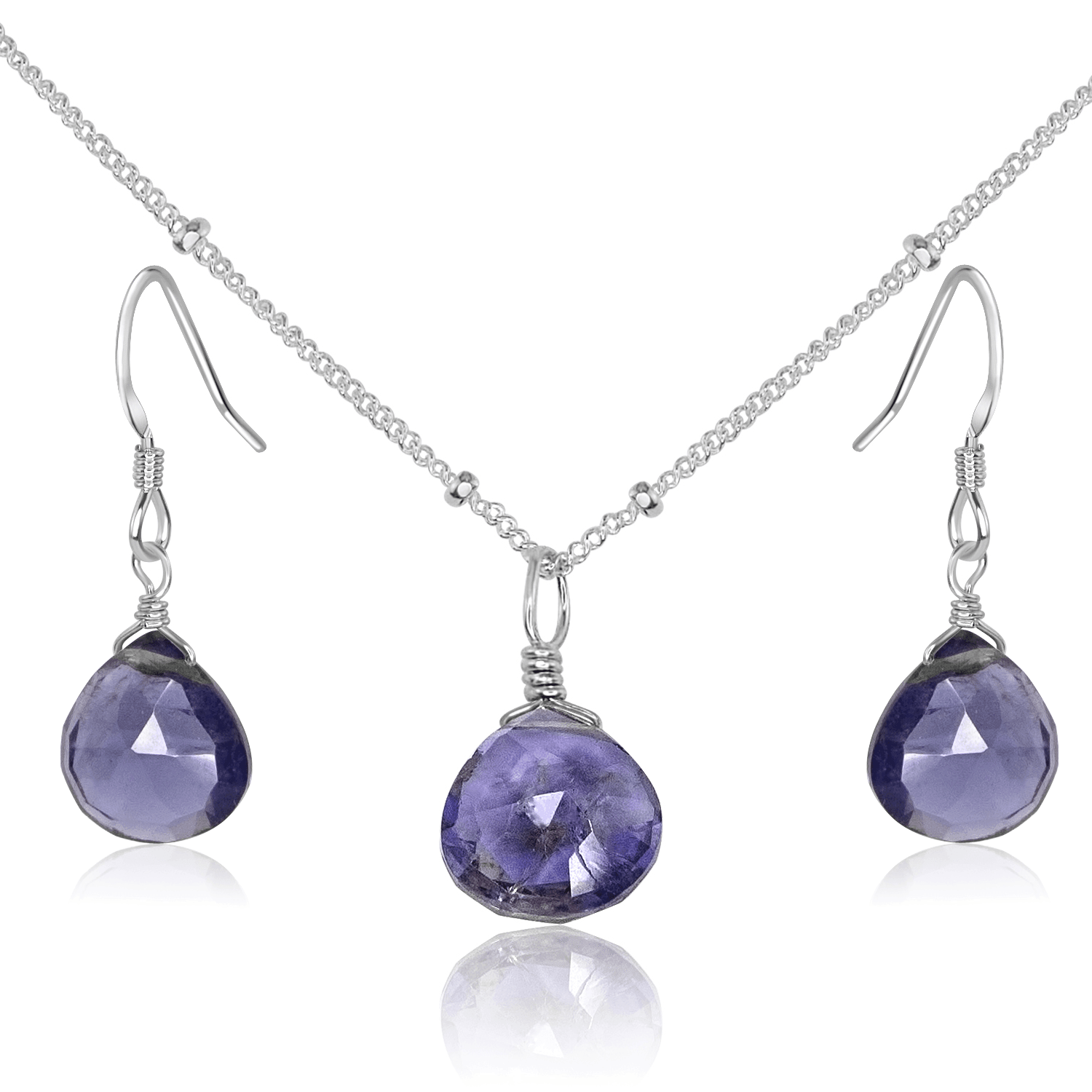
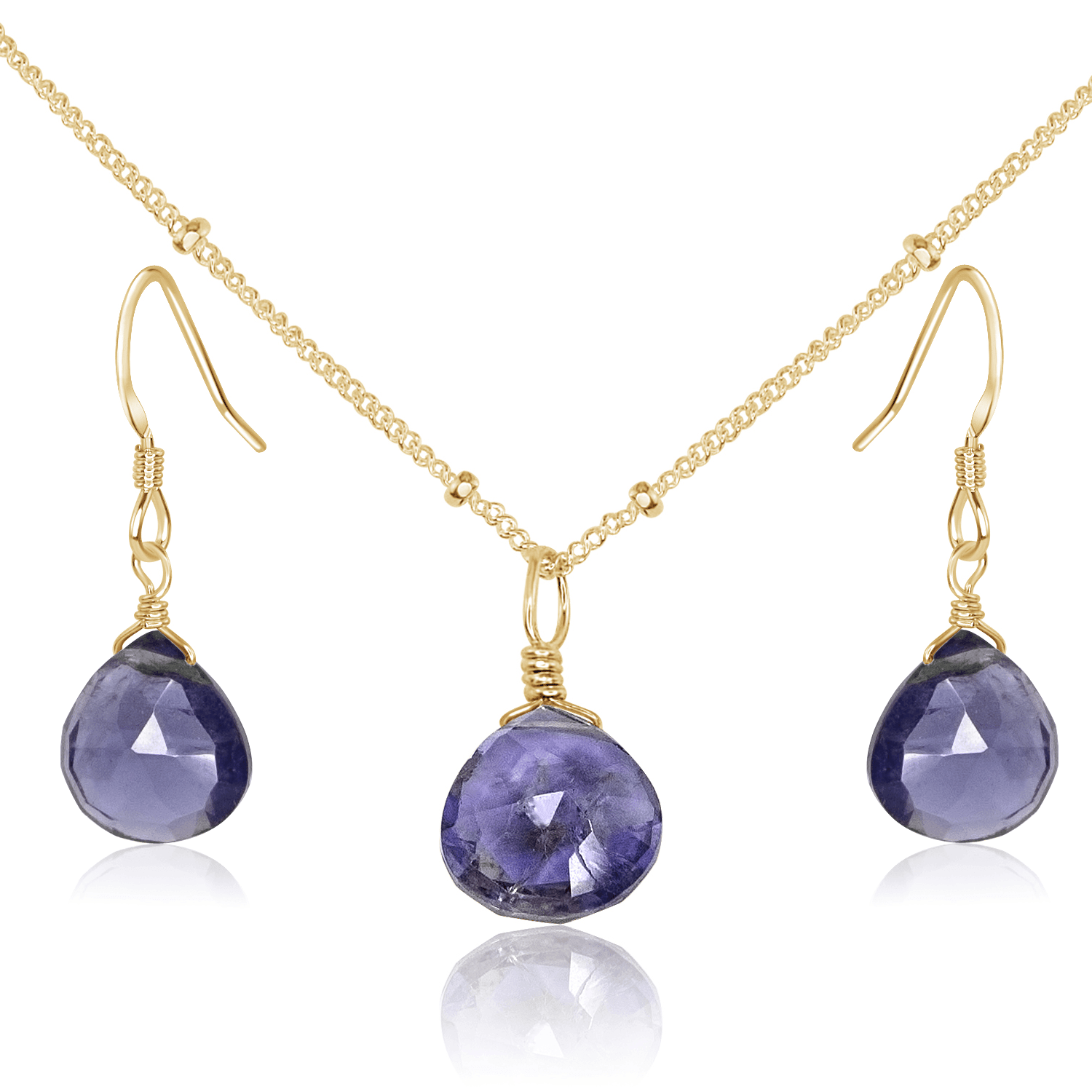
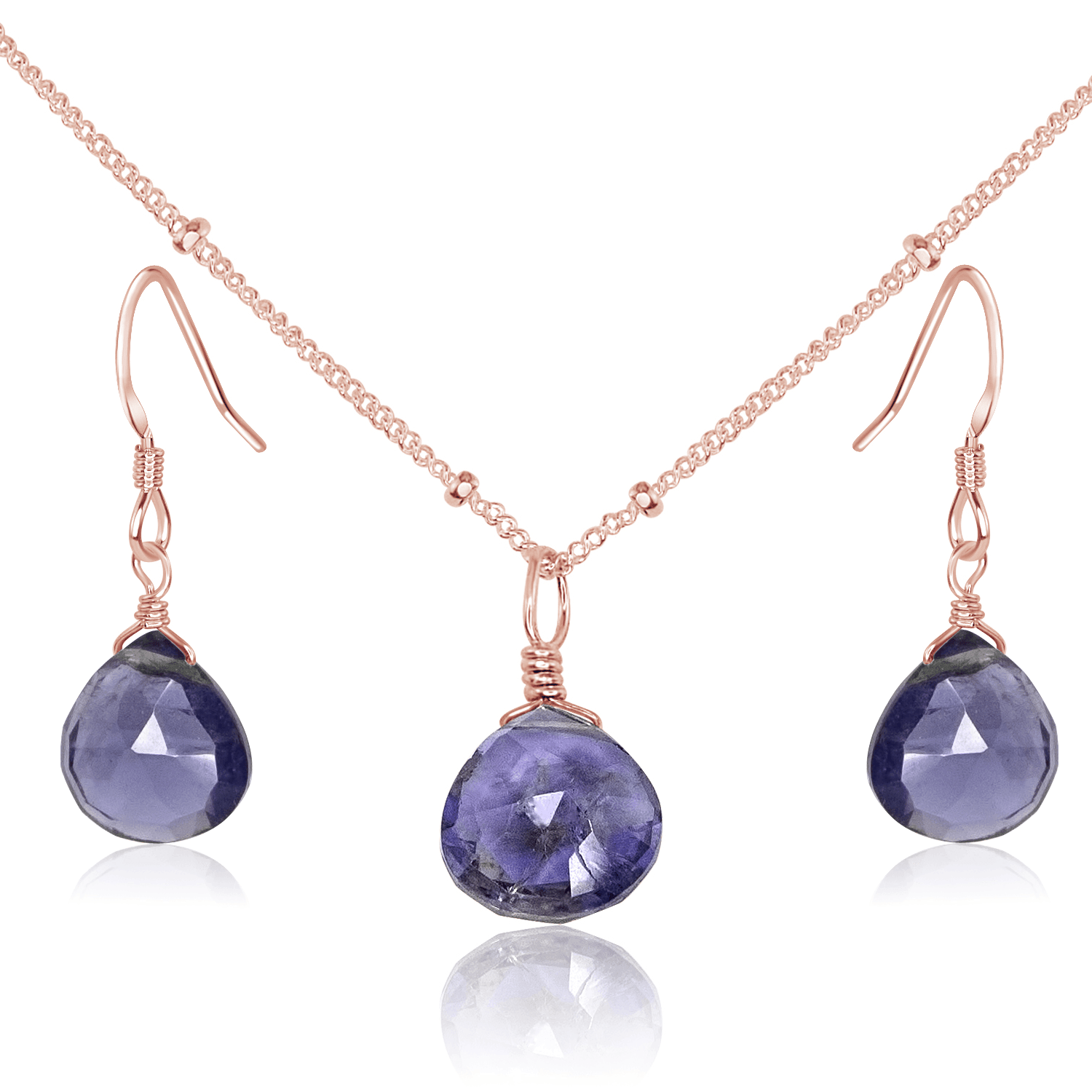
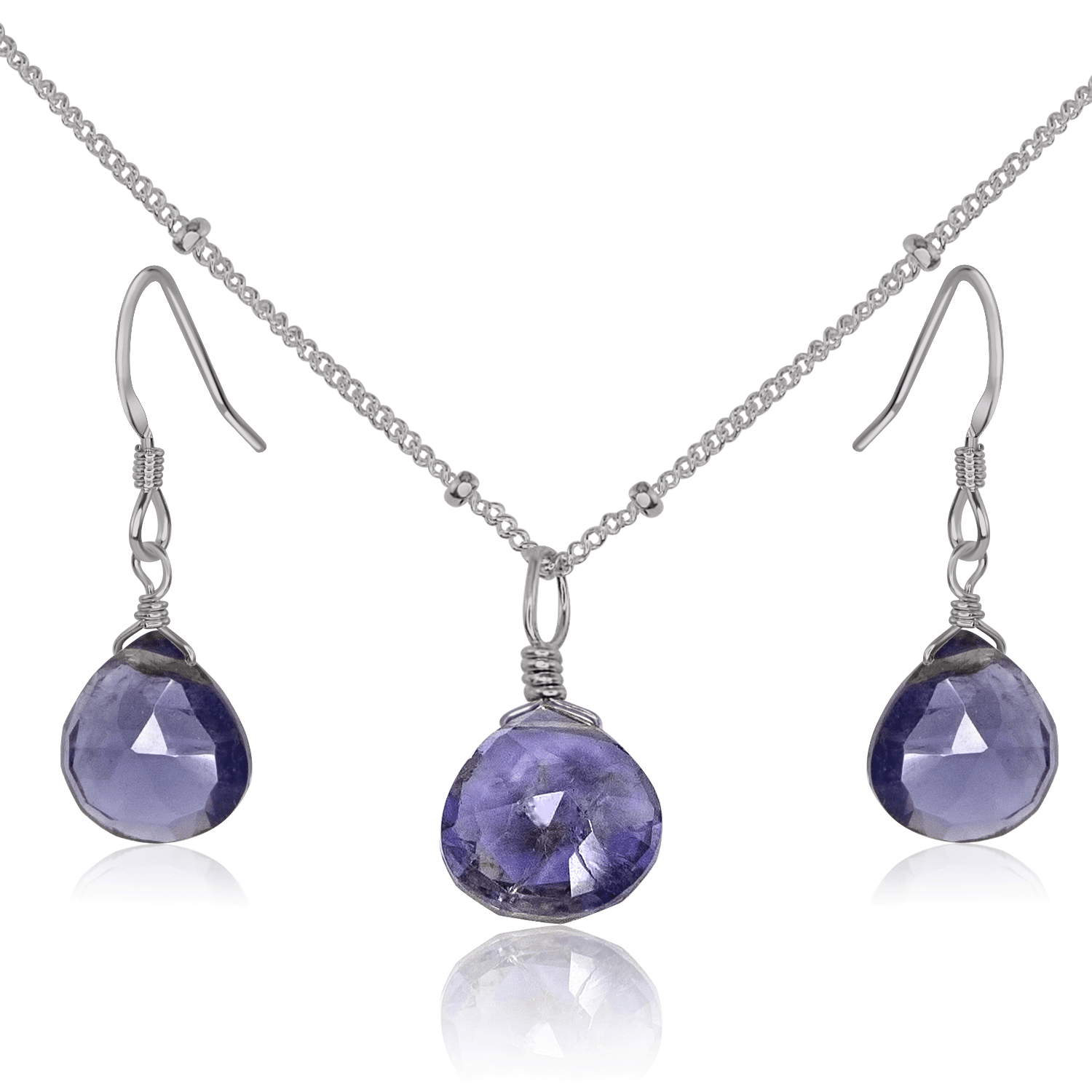
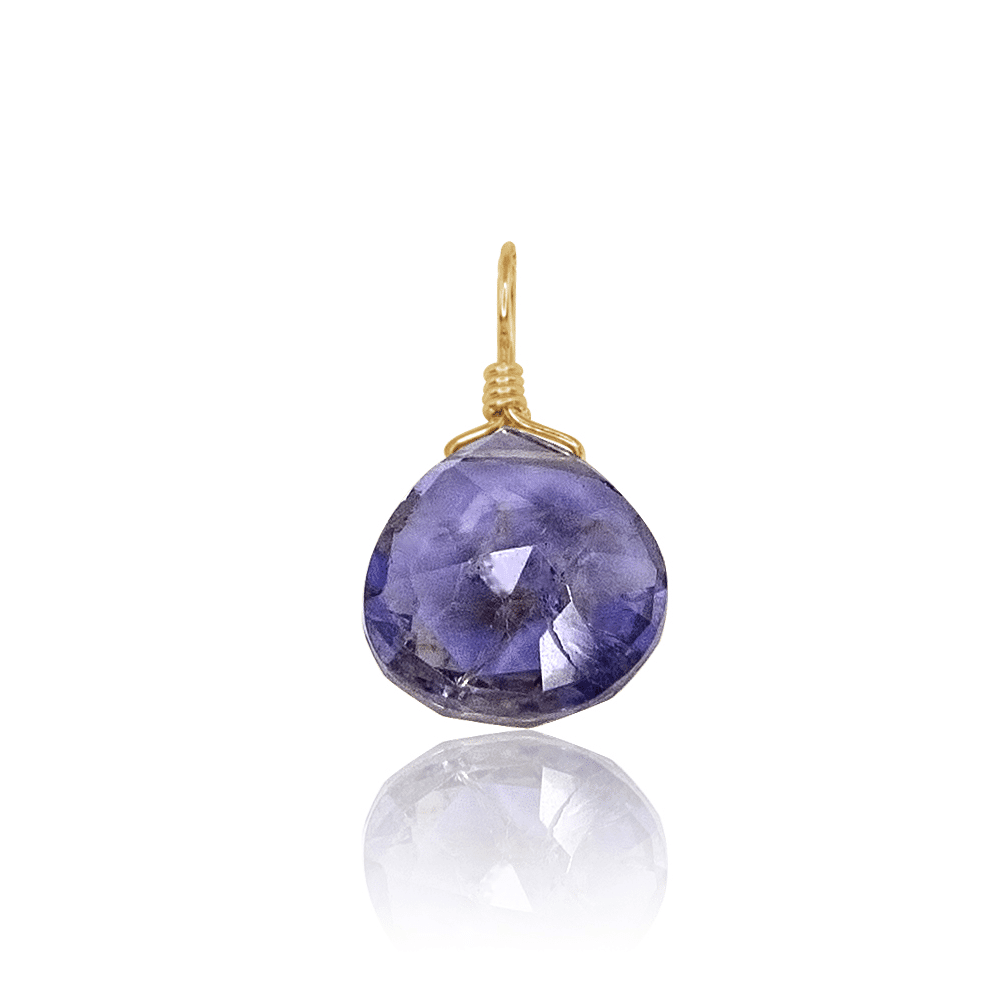
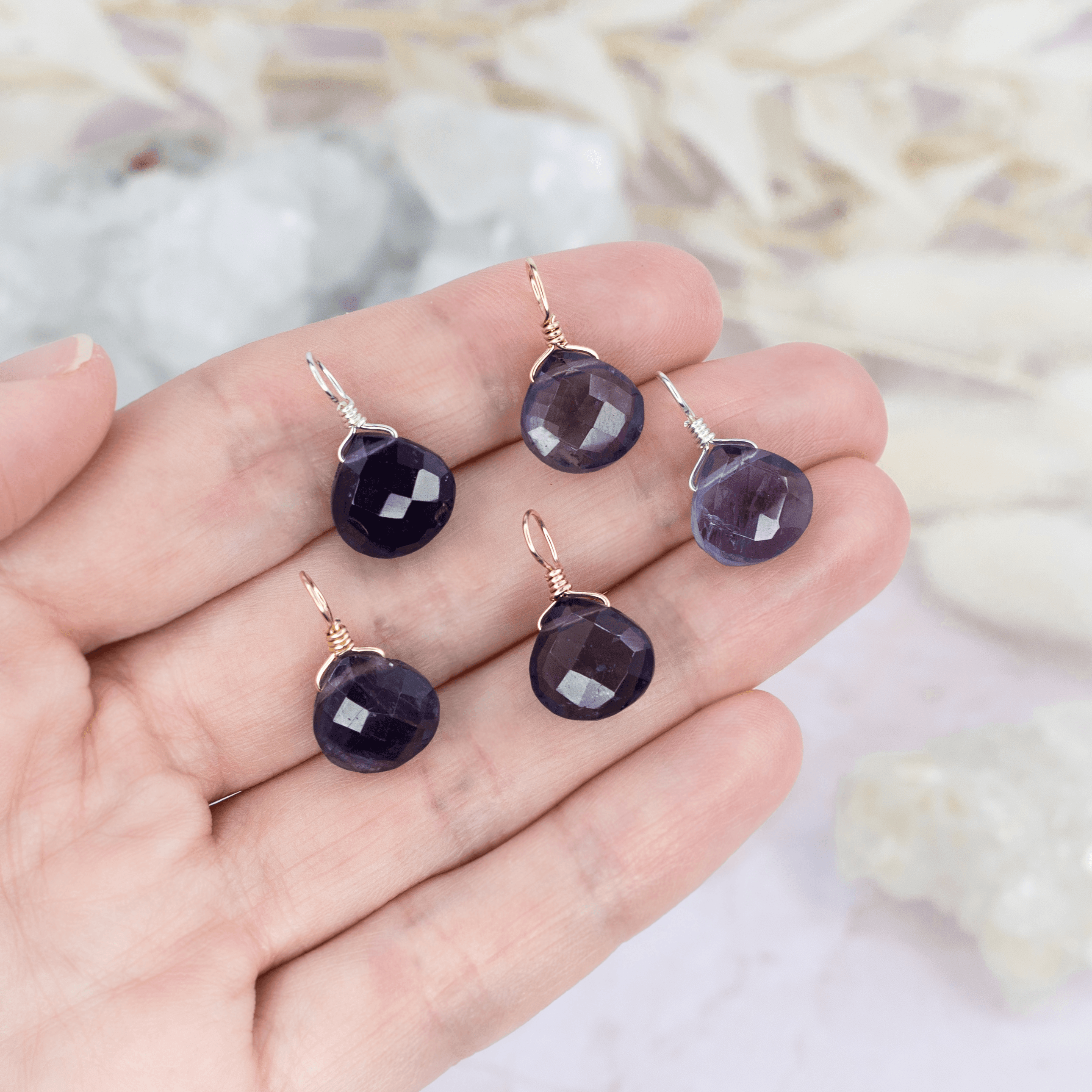
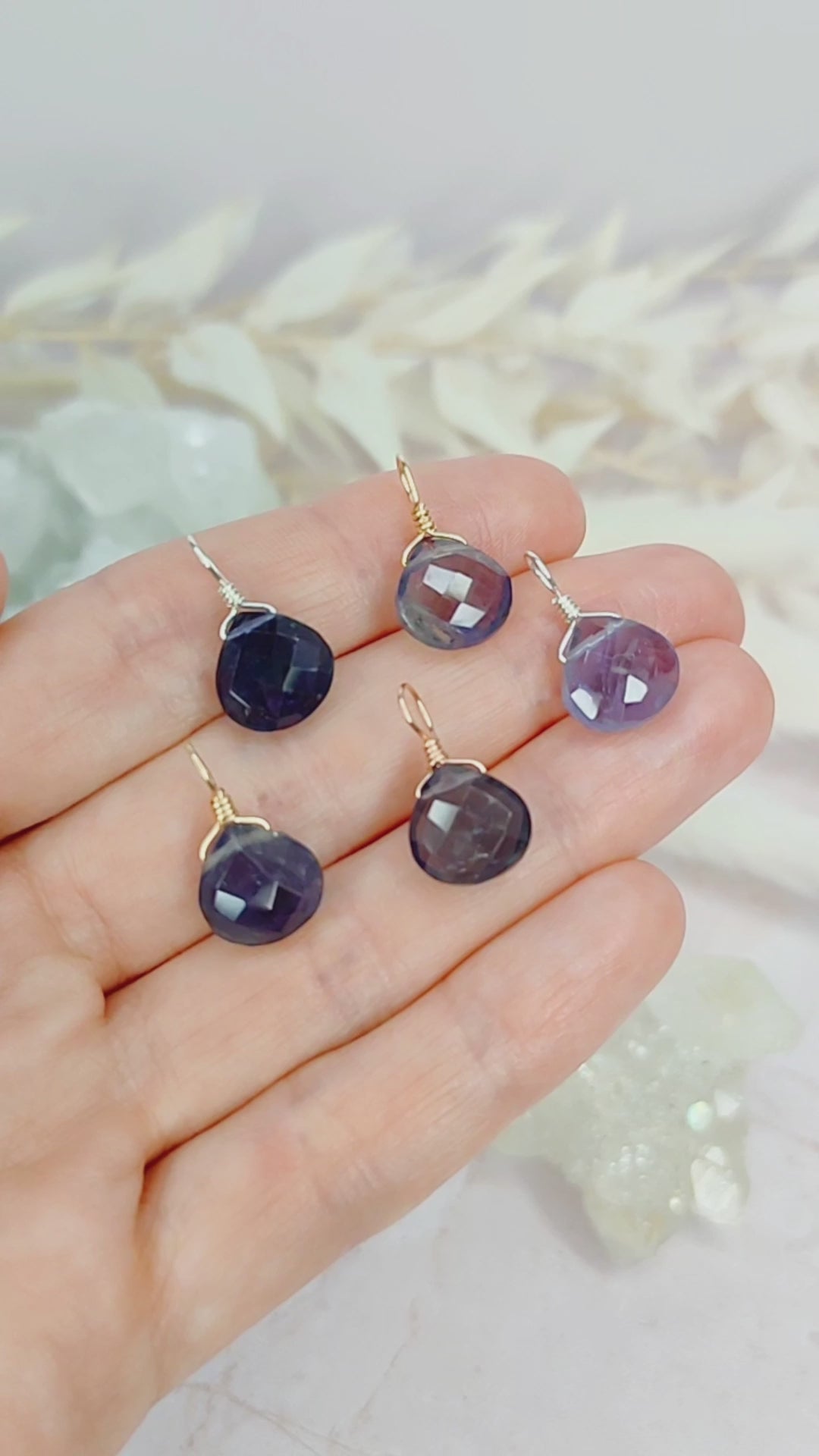
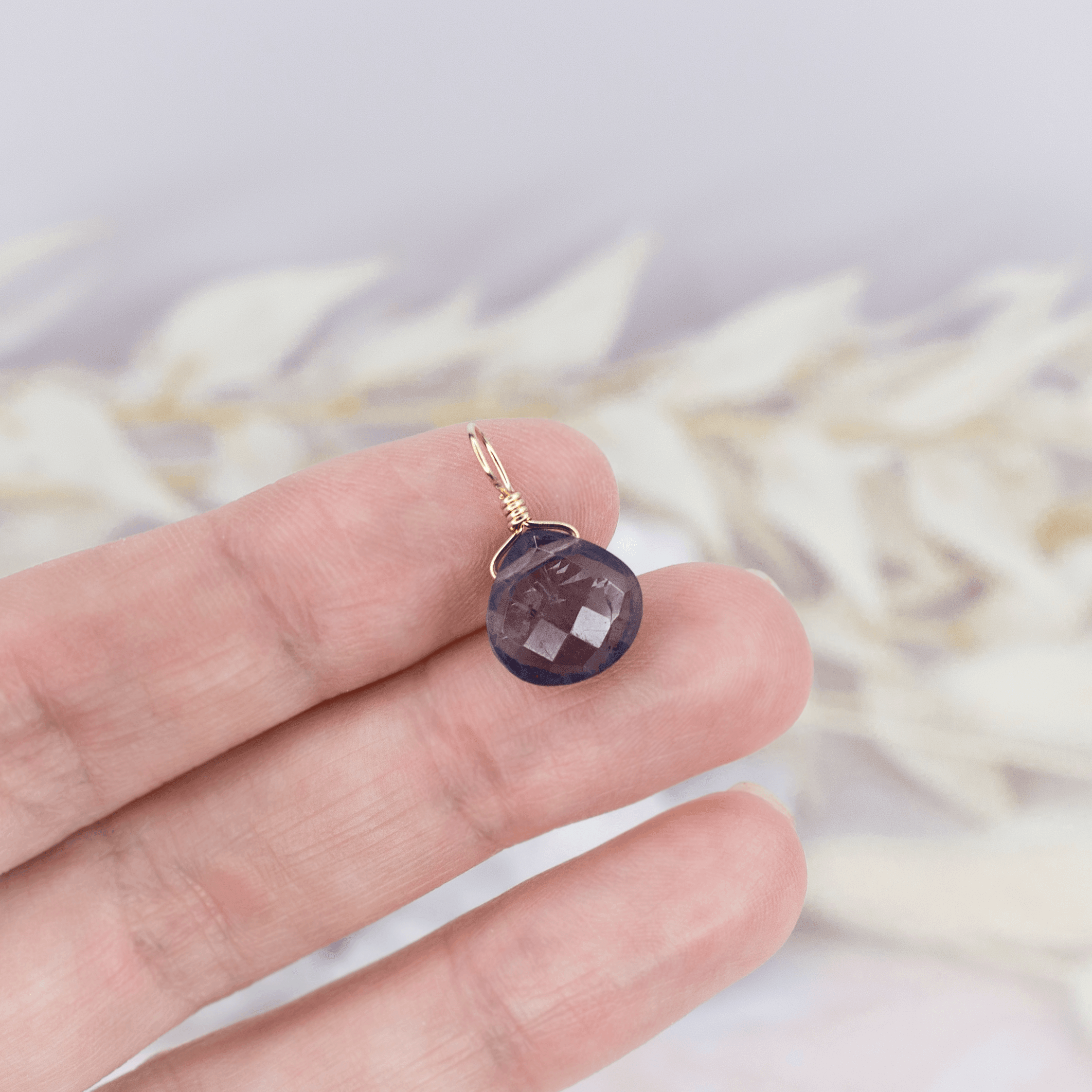
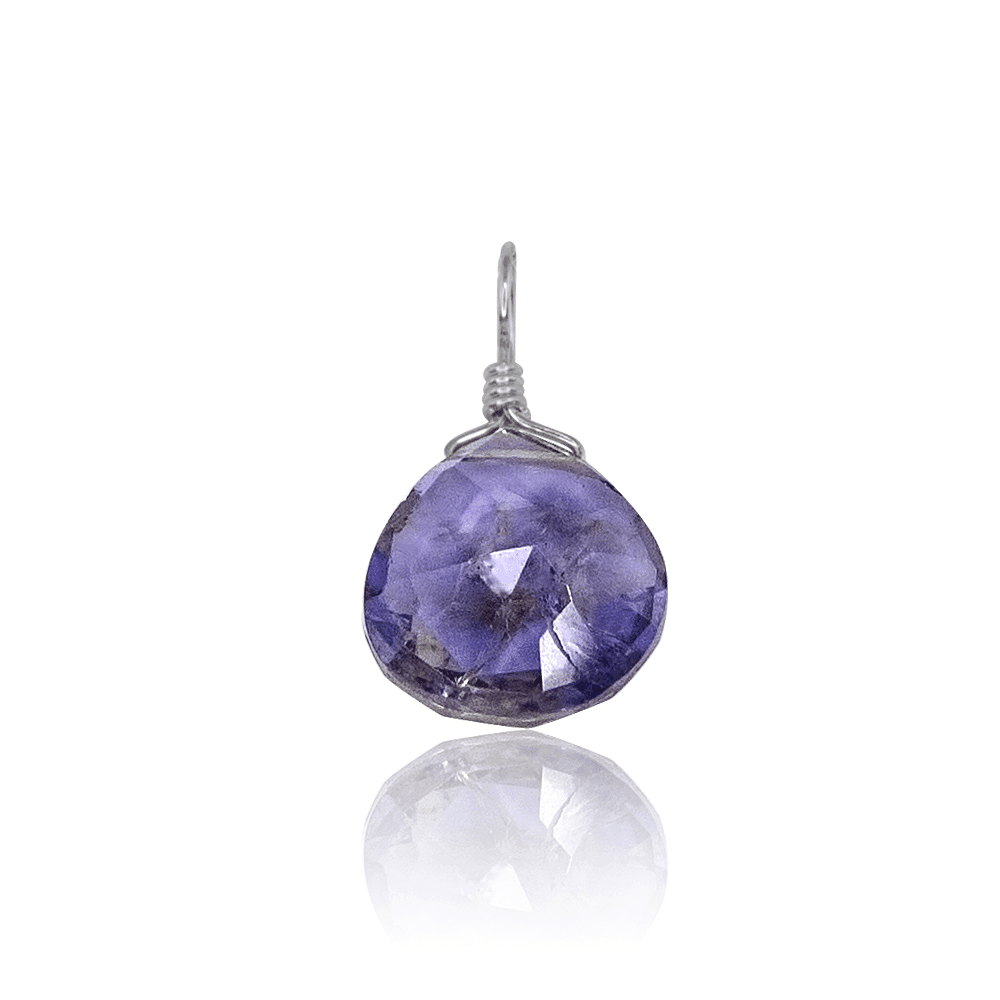
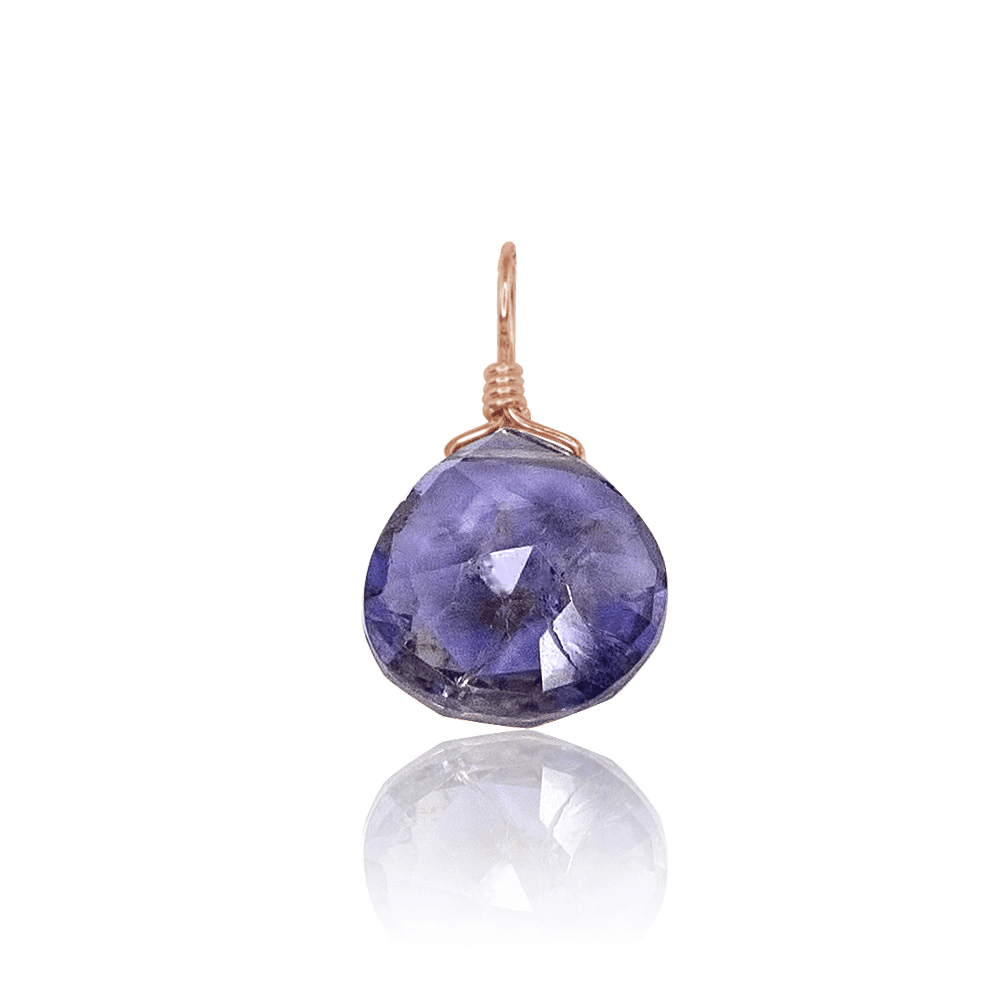
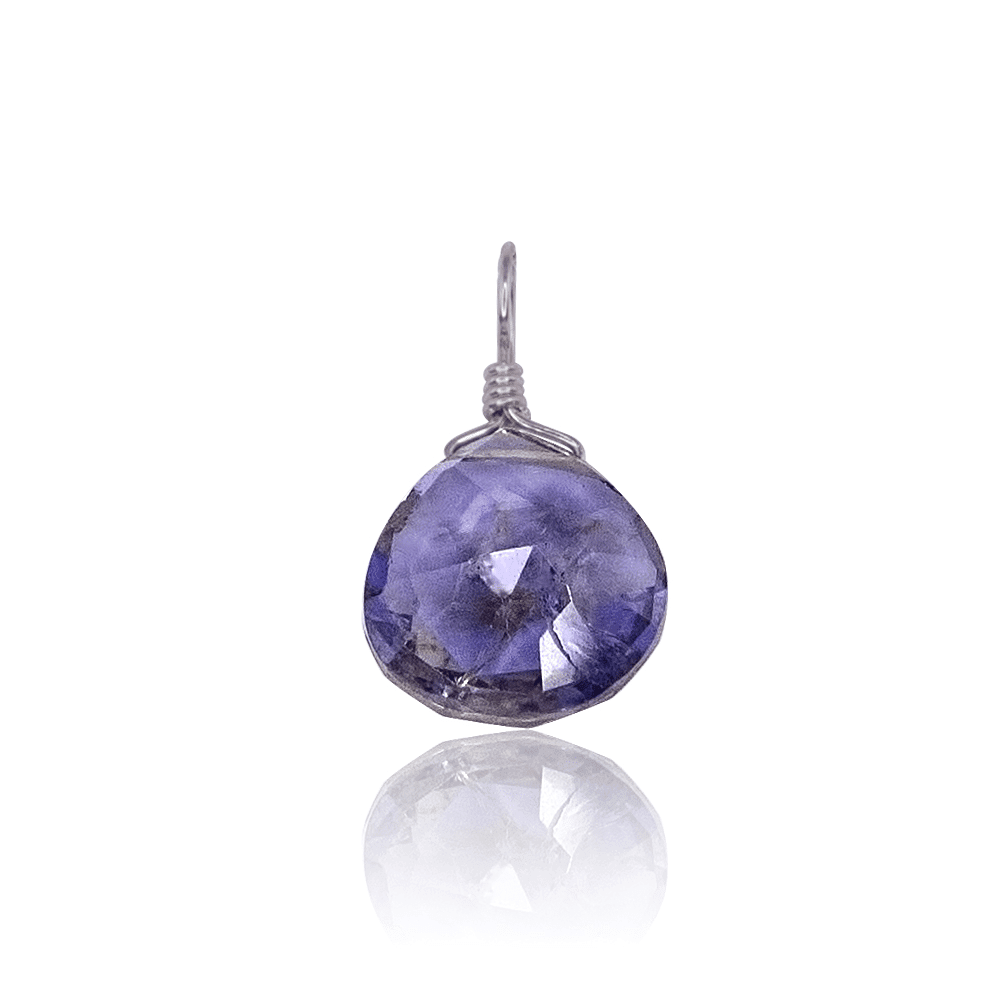
0 comments